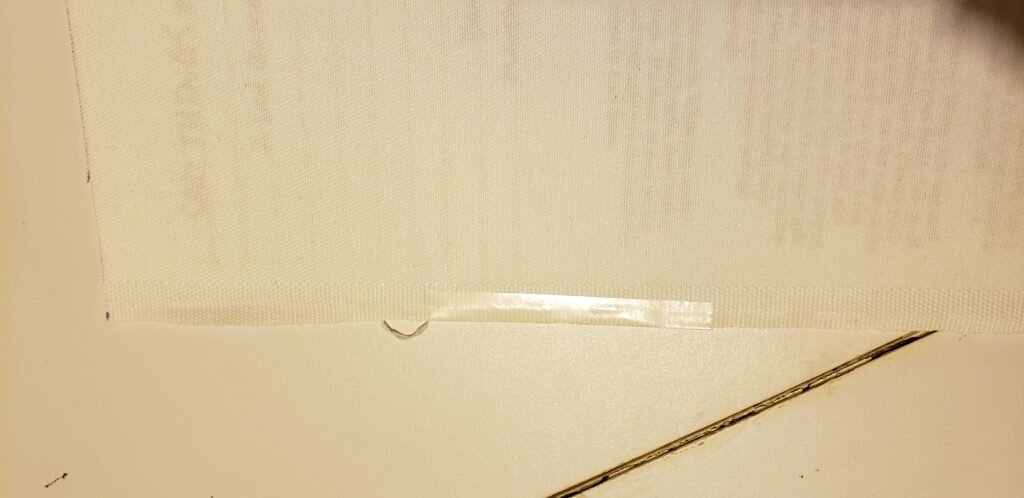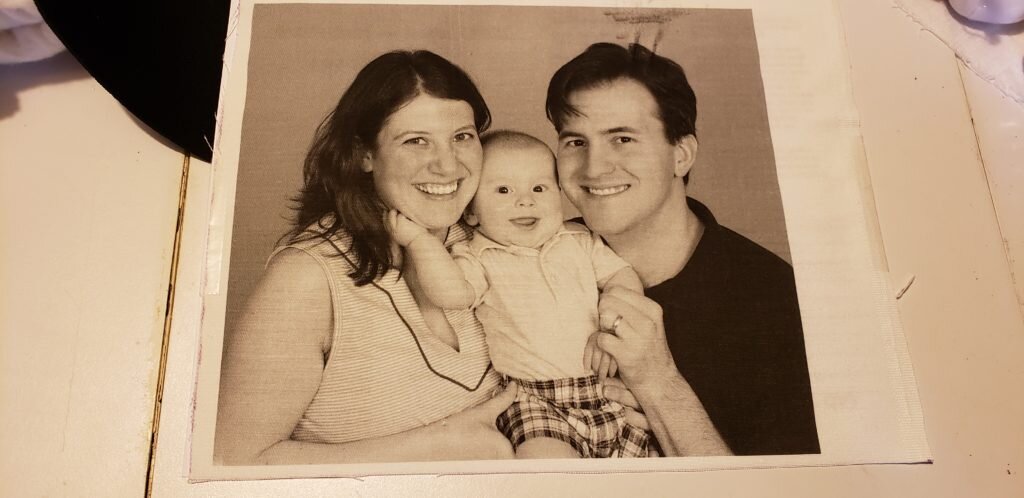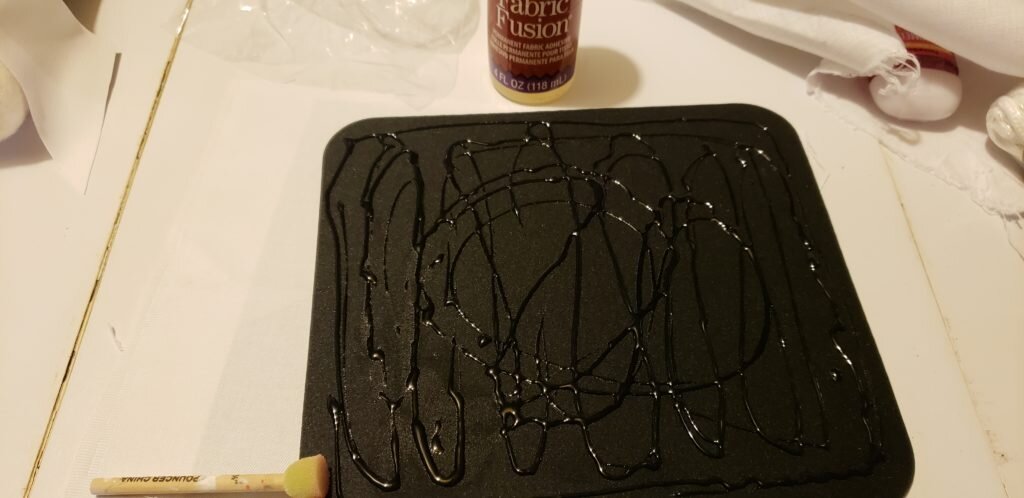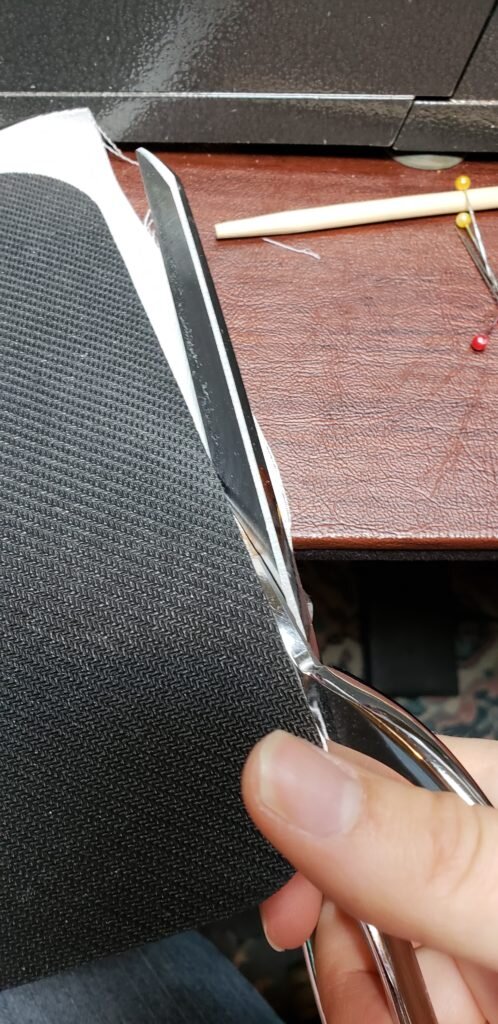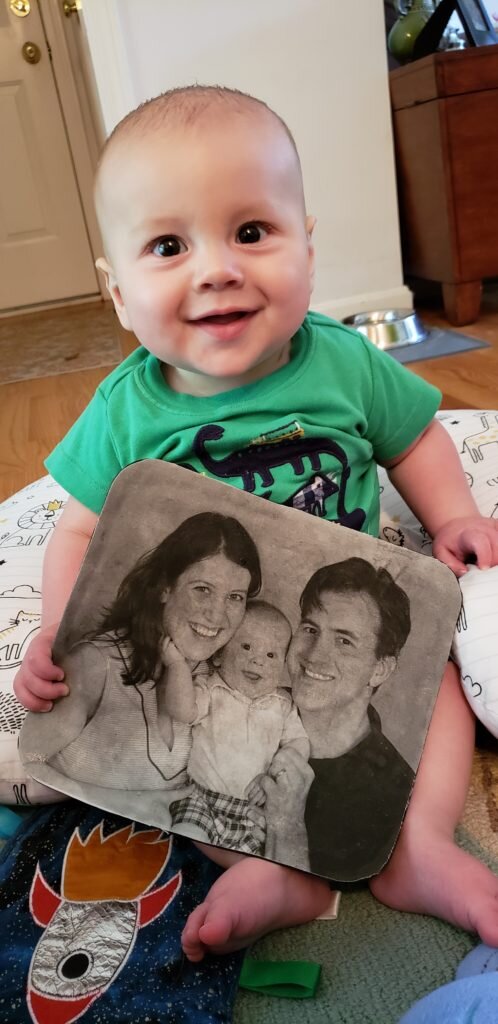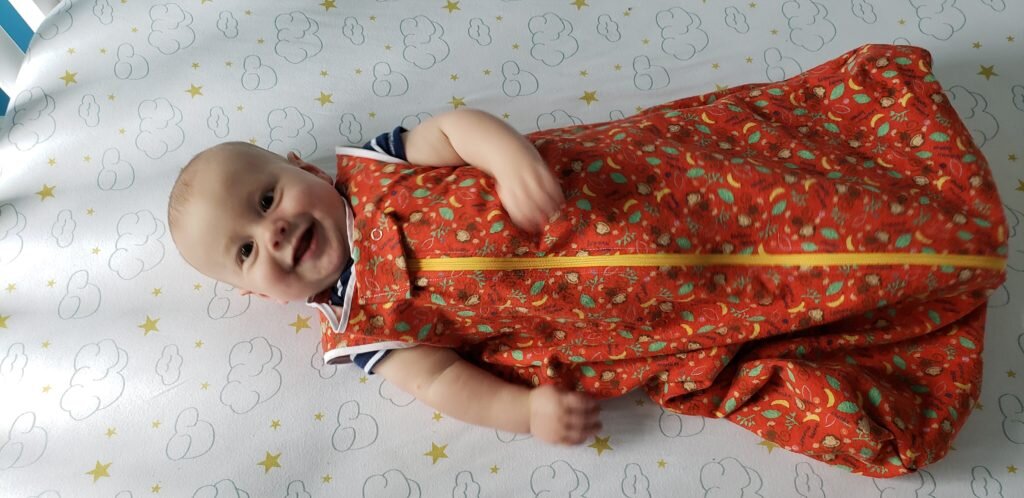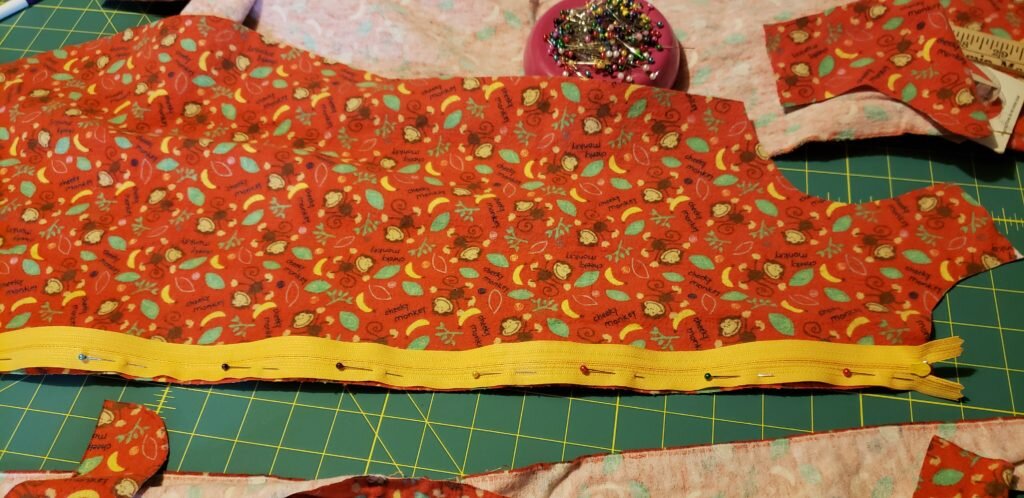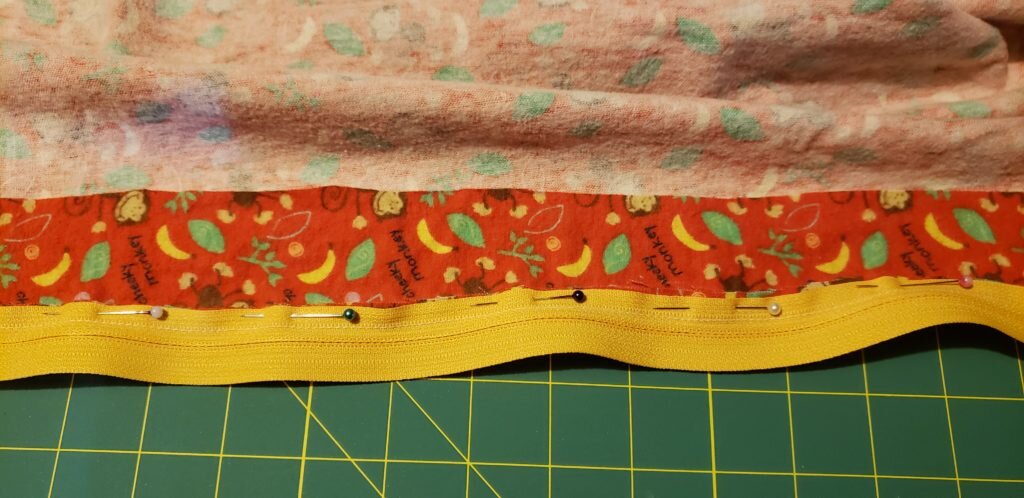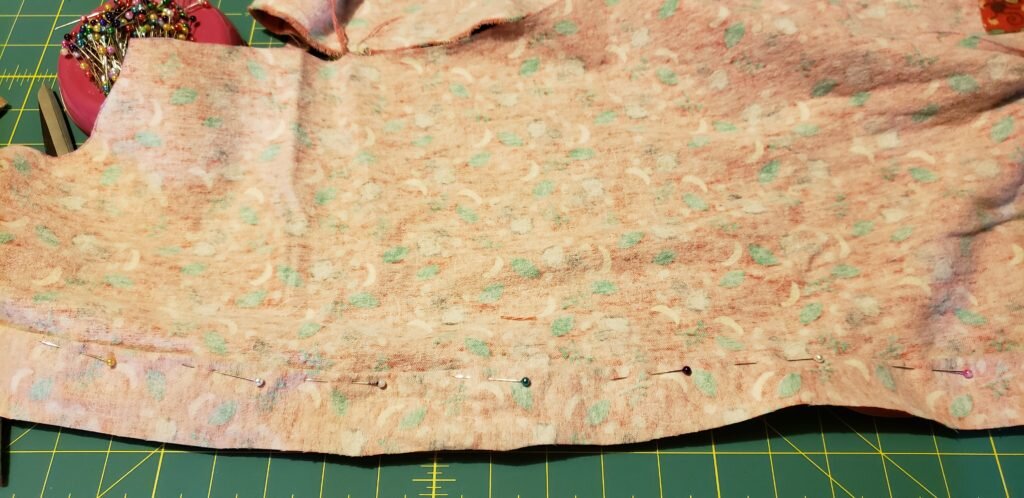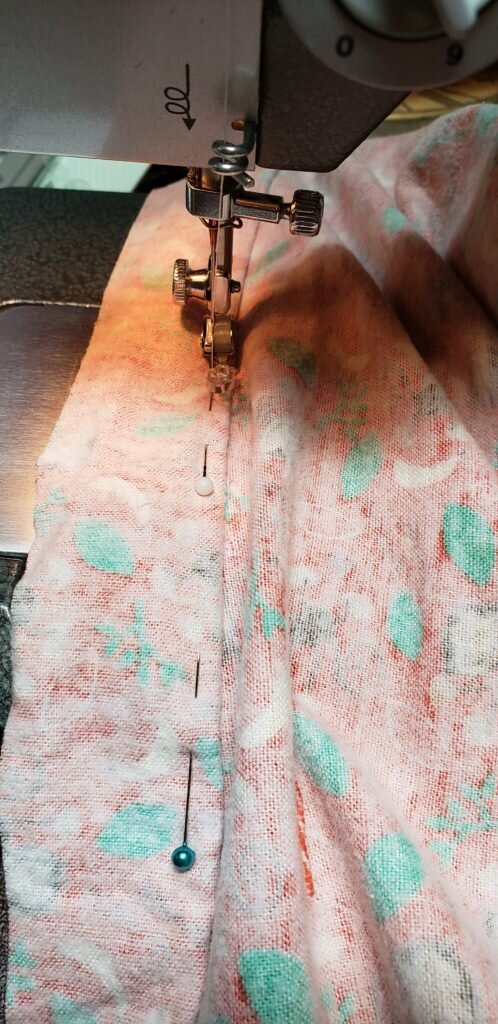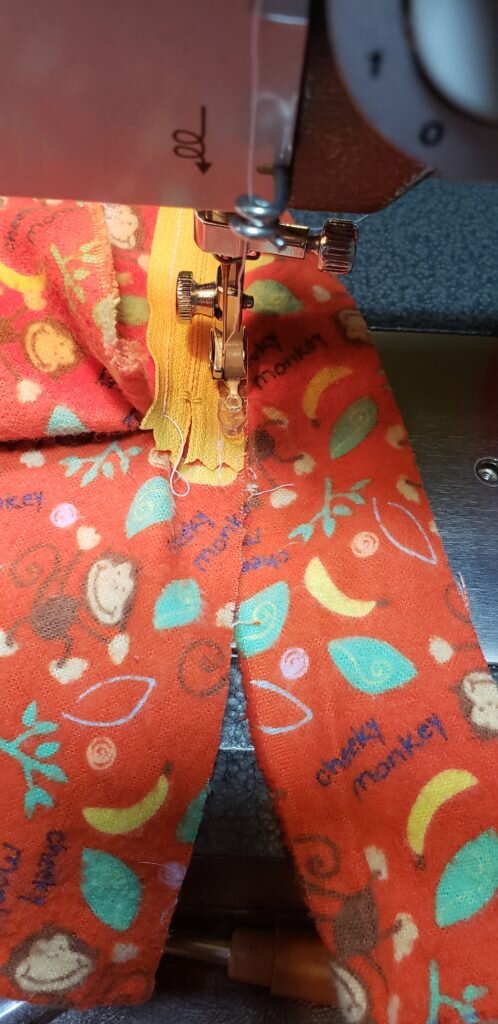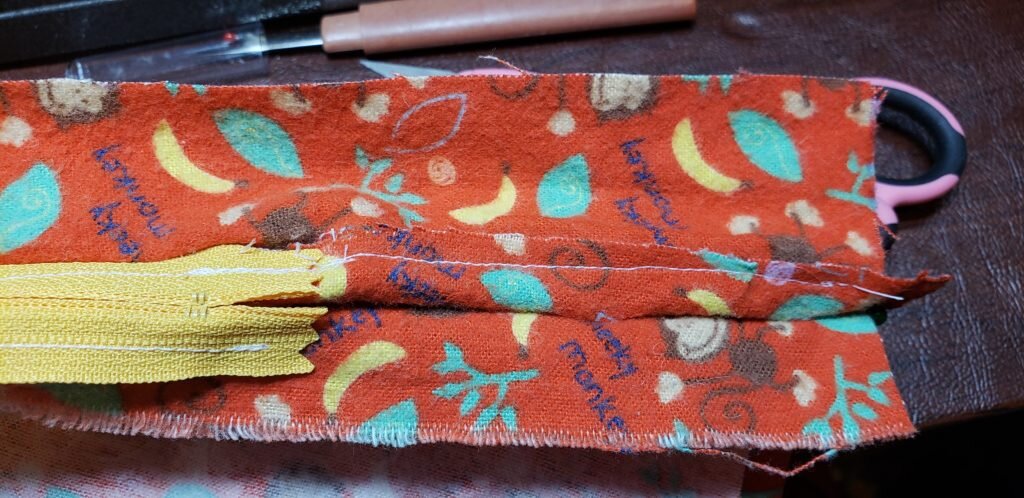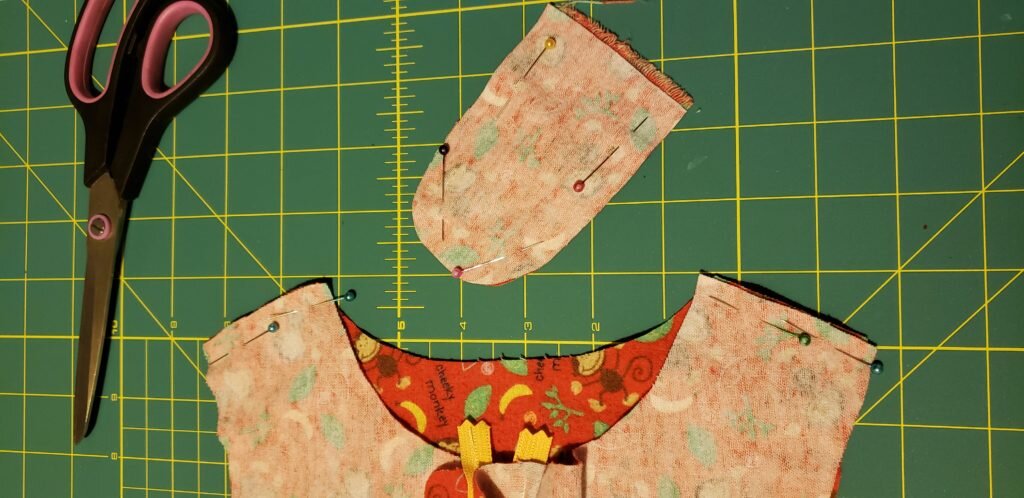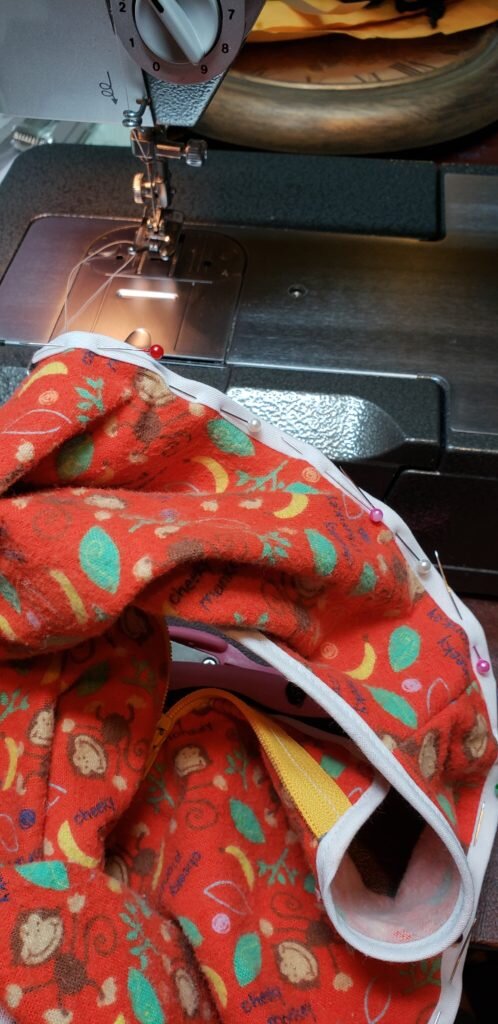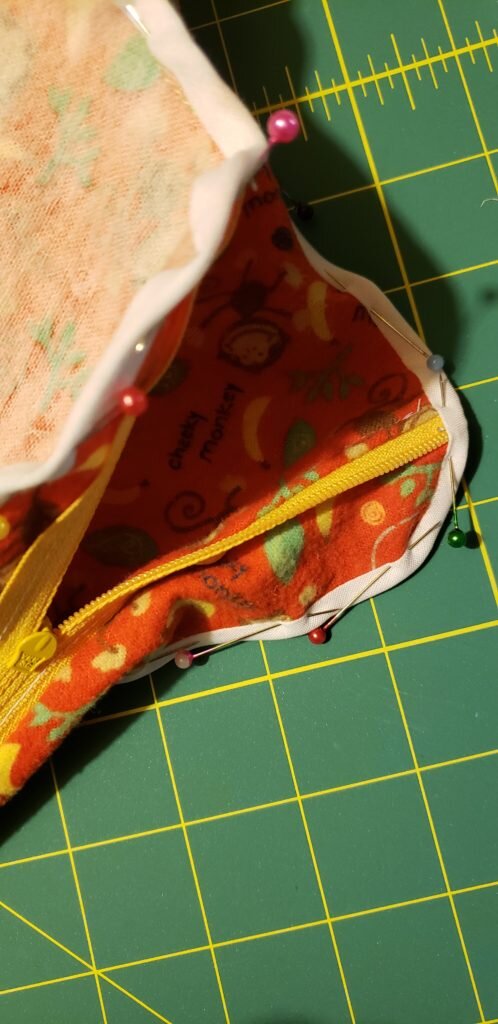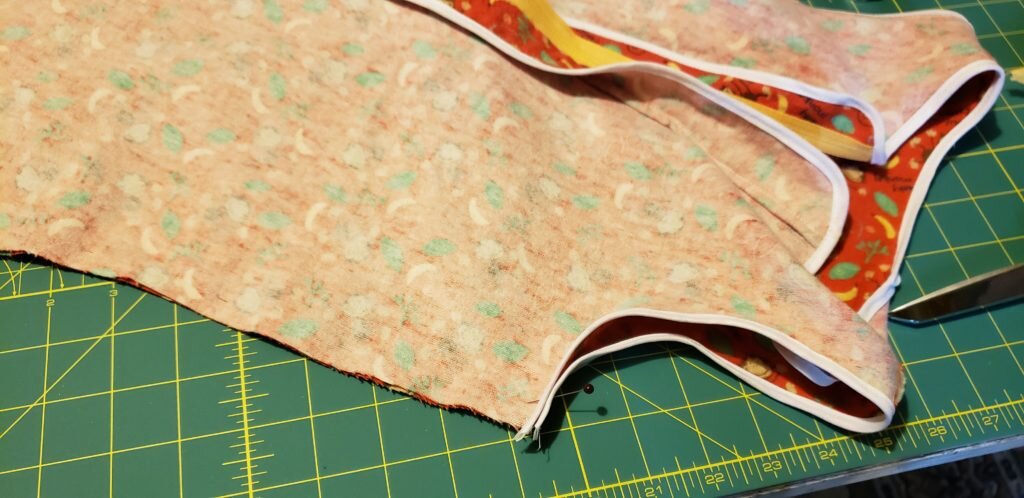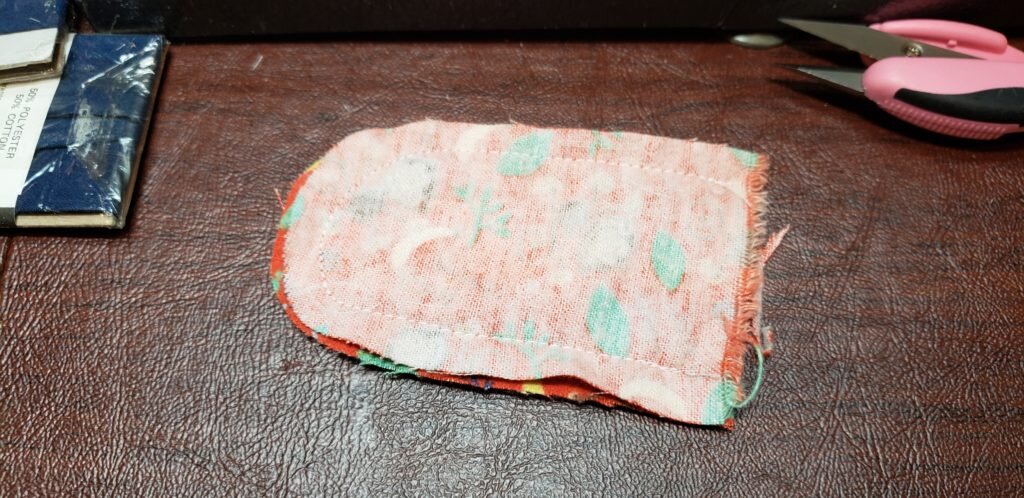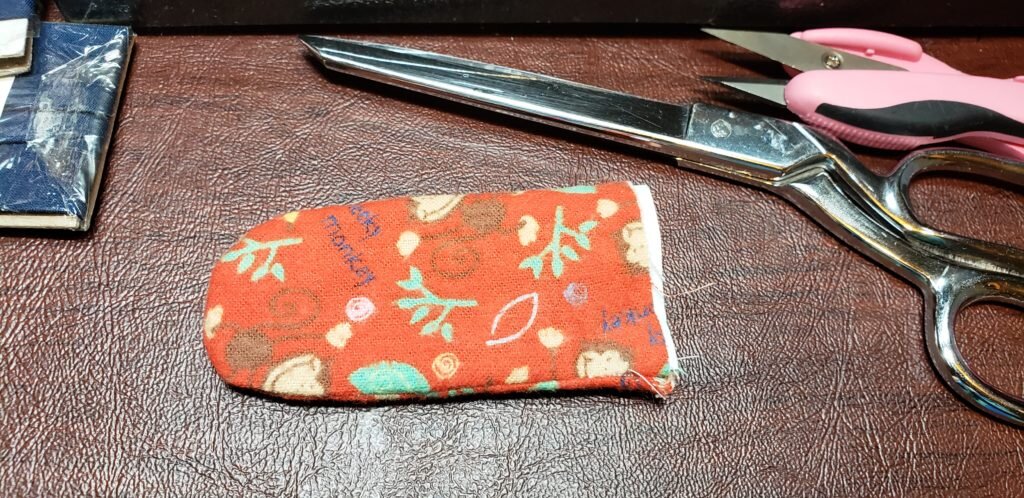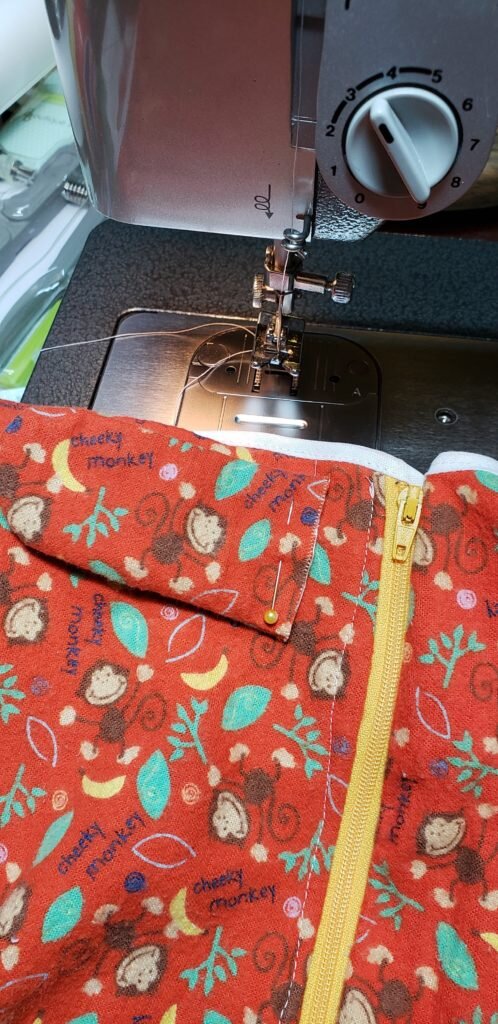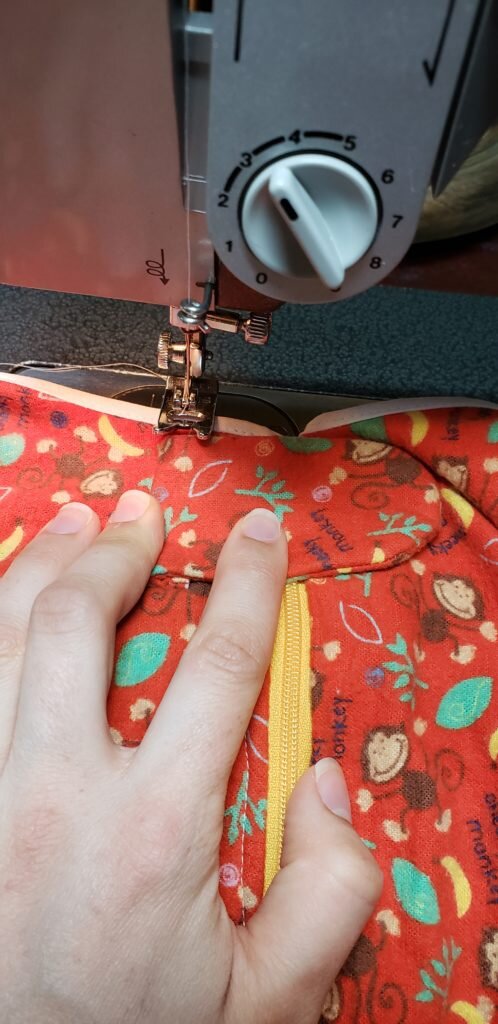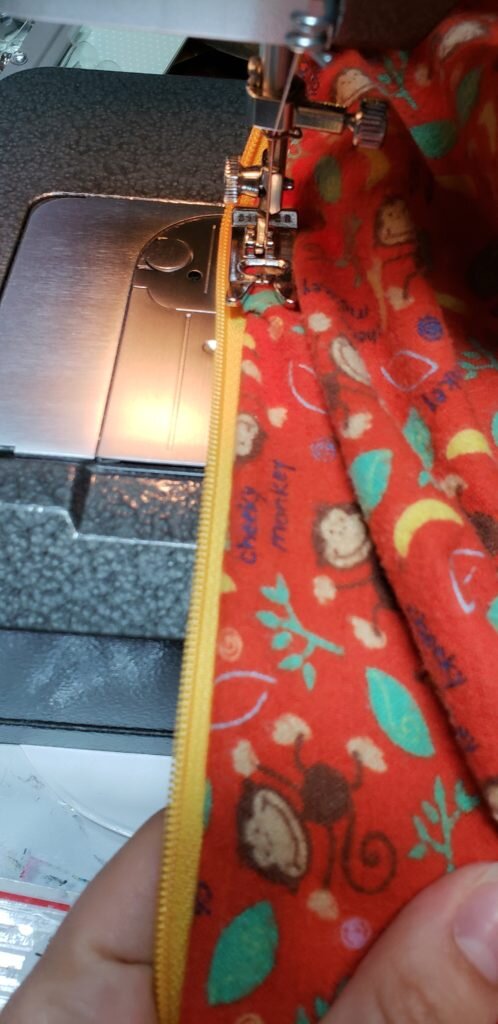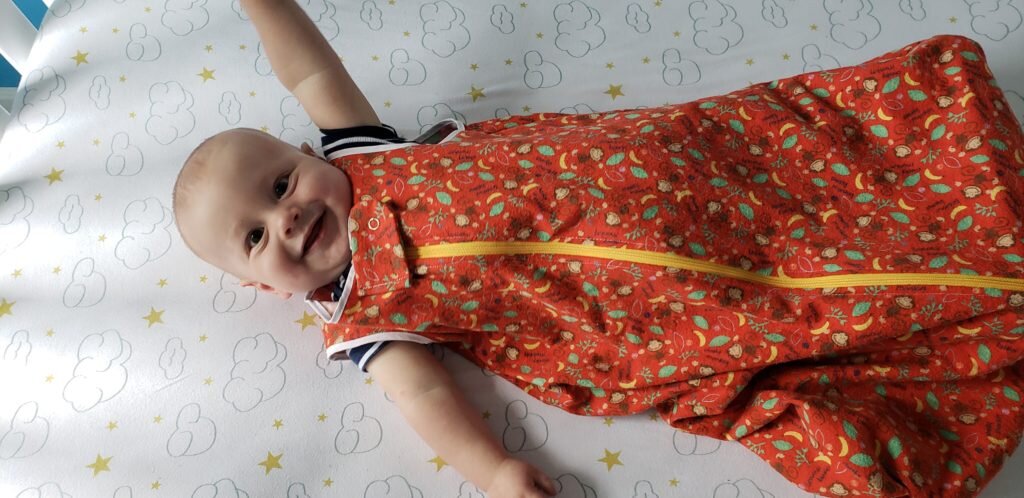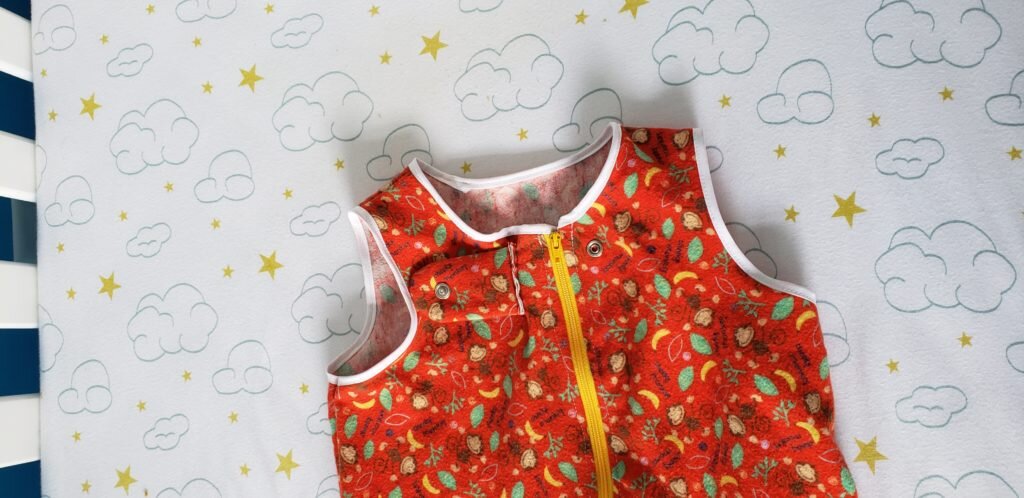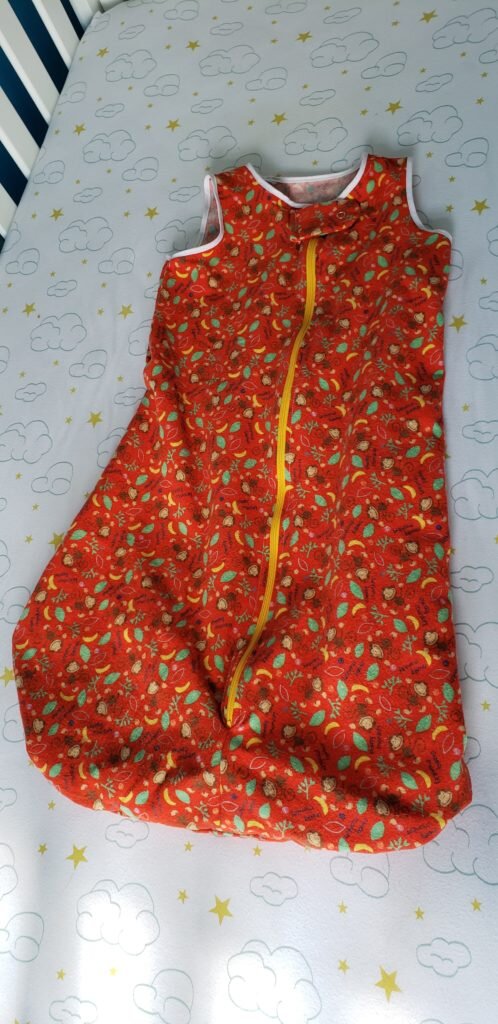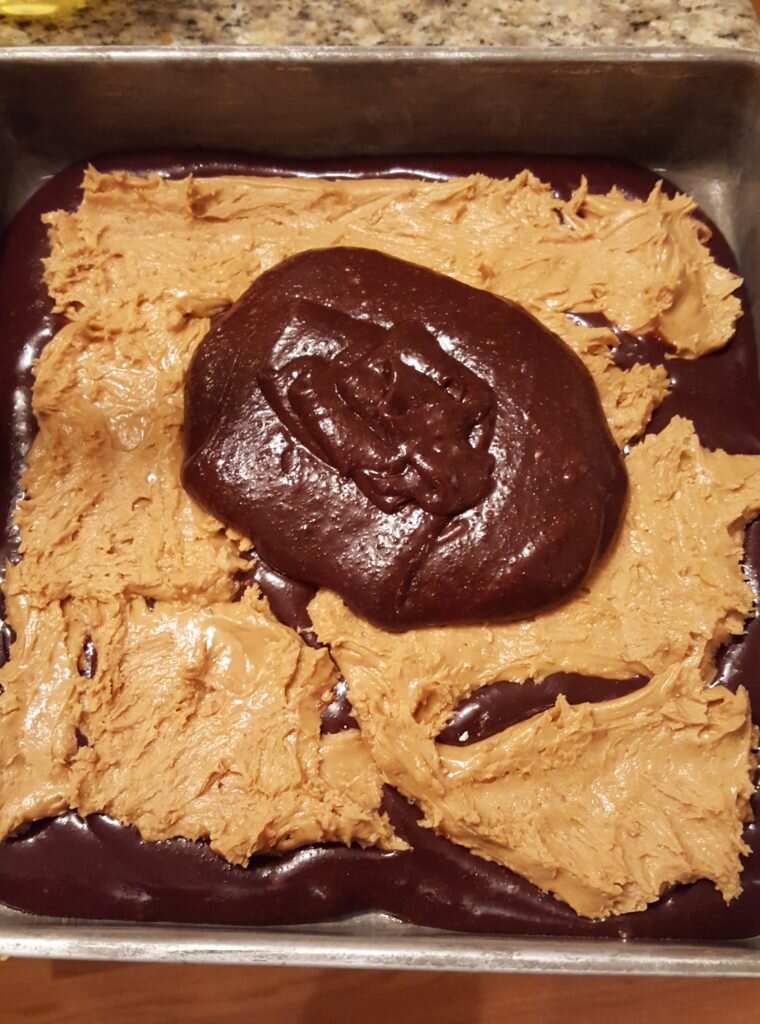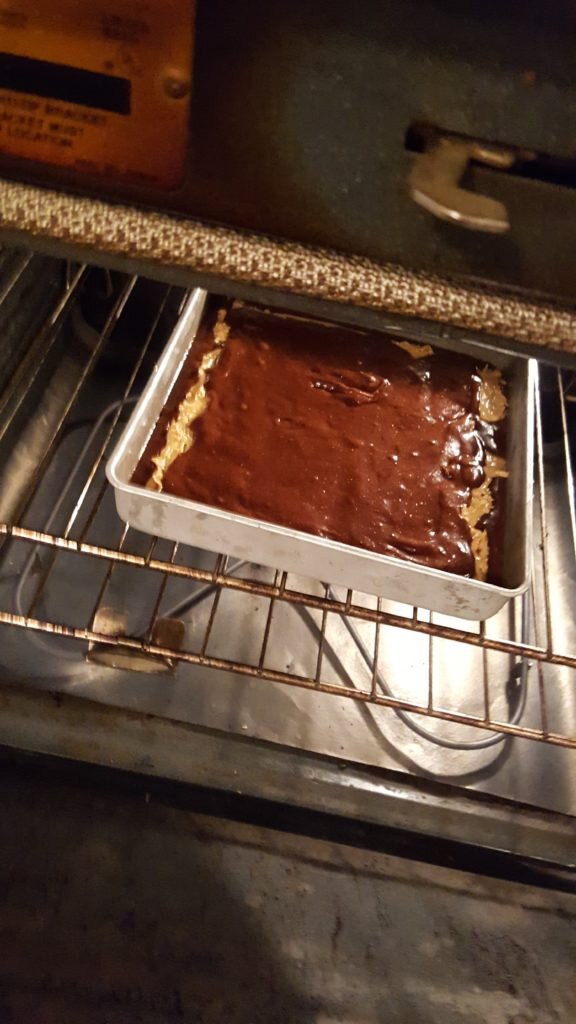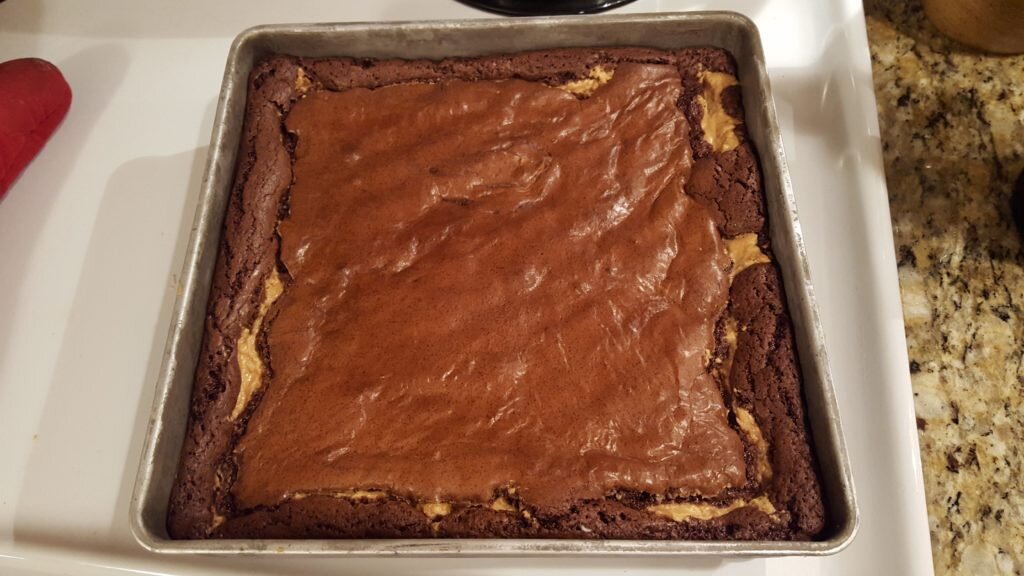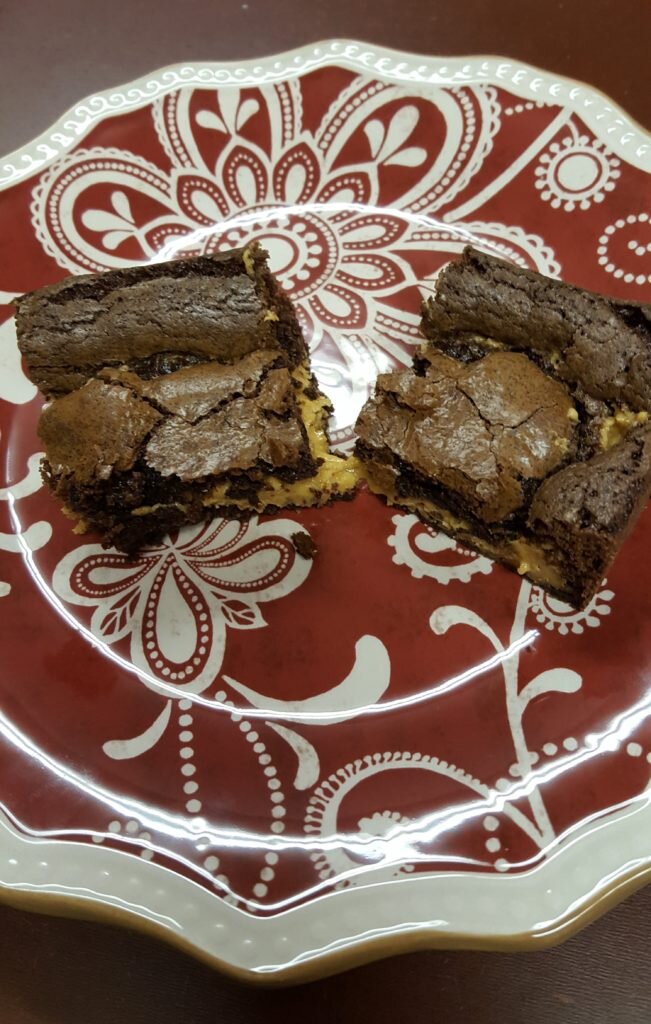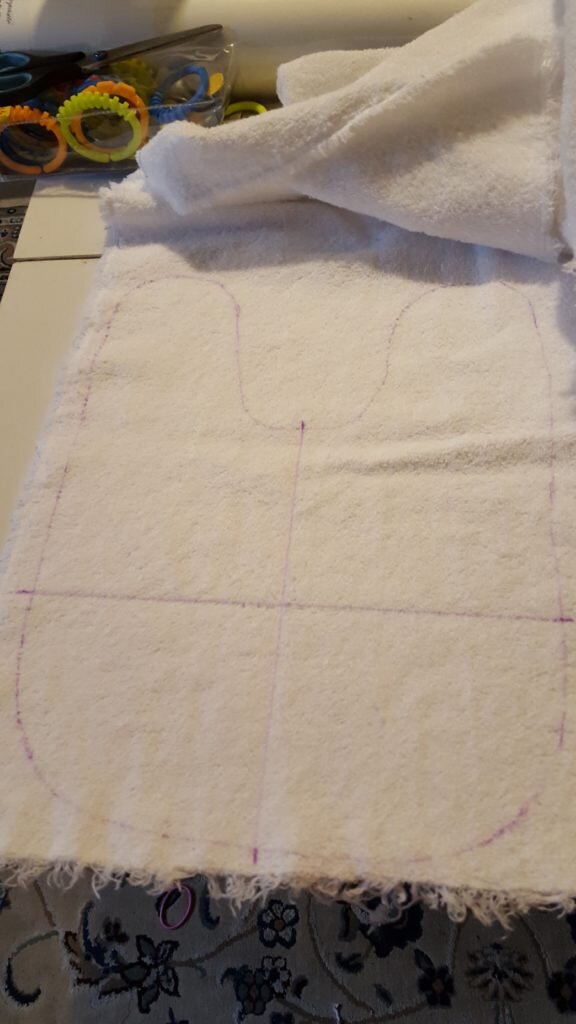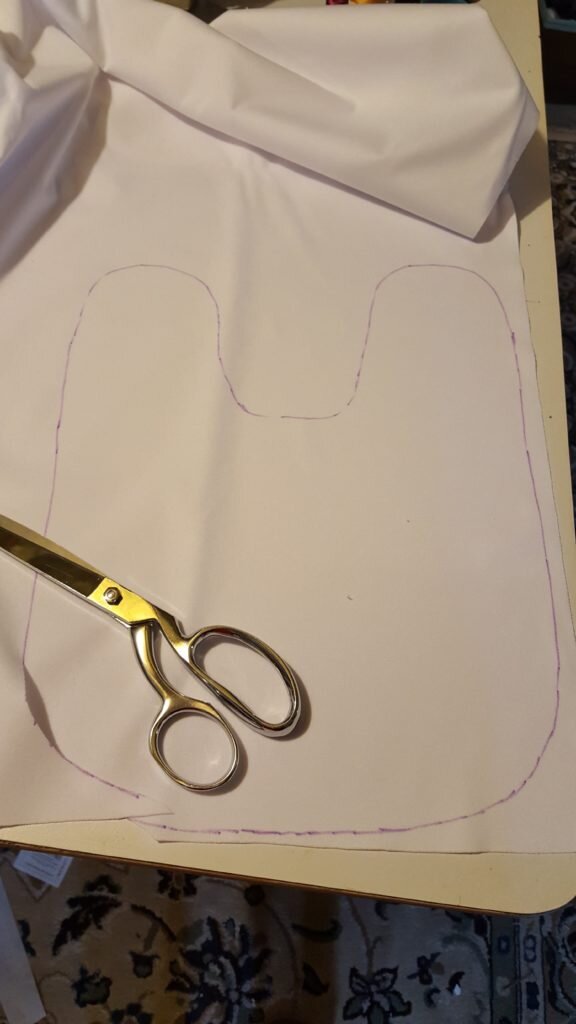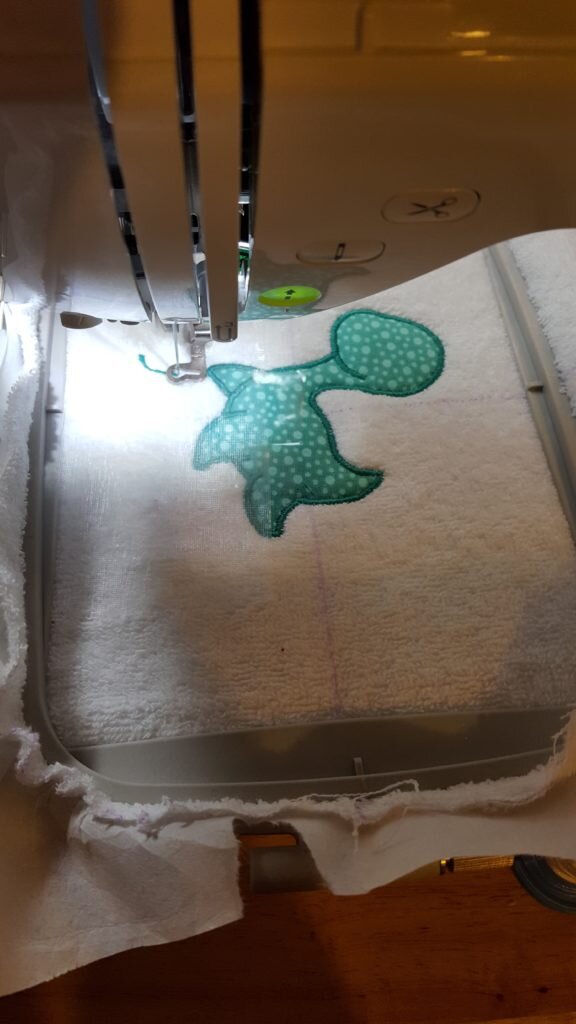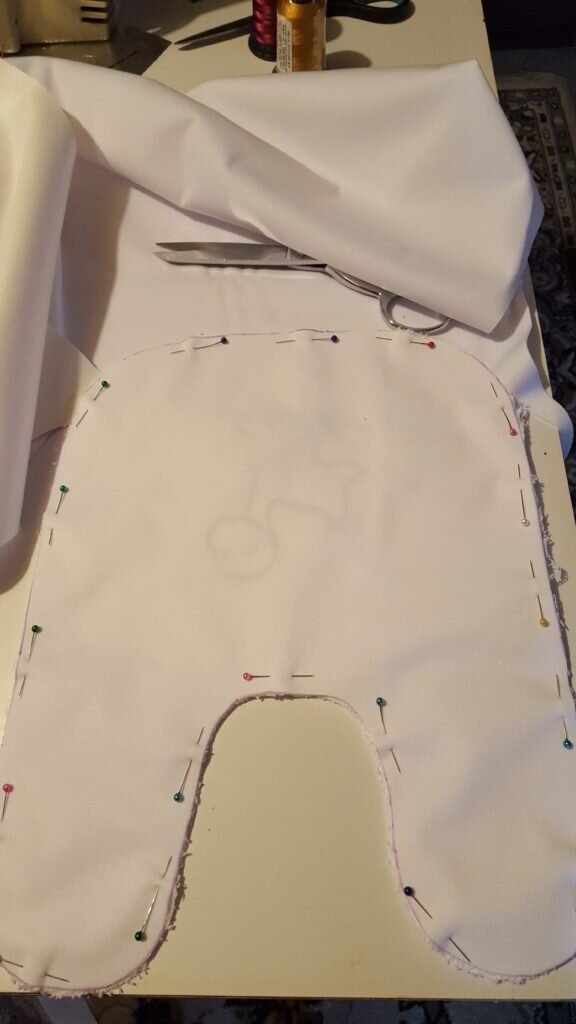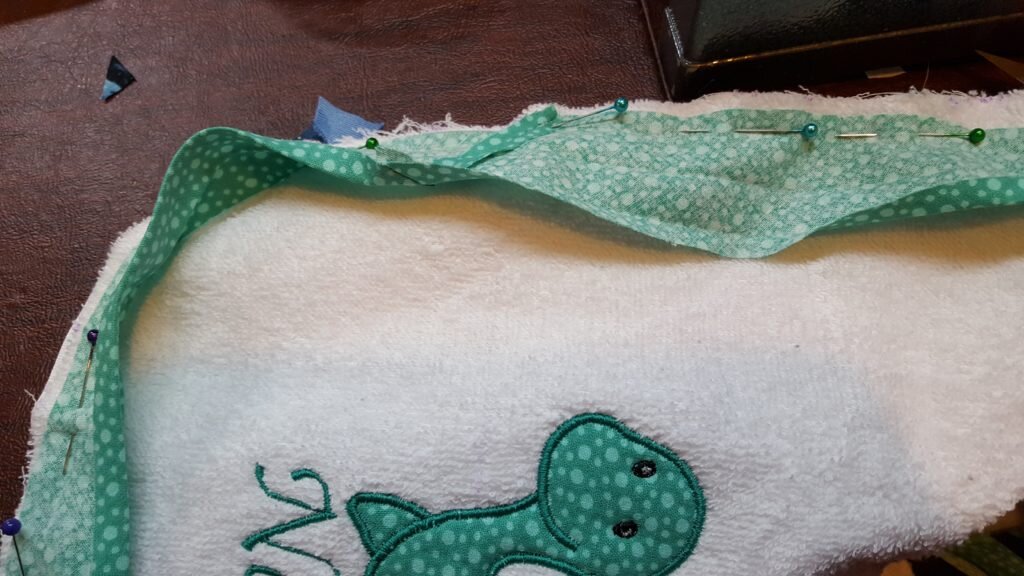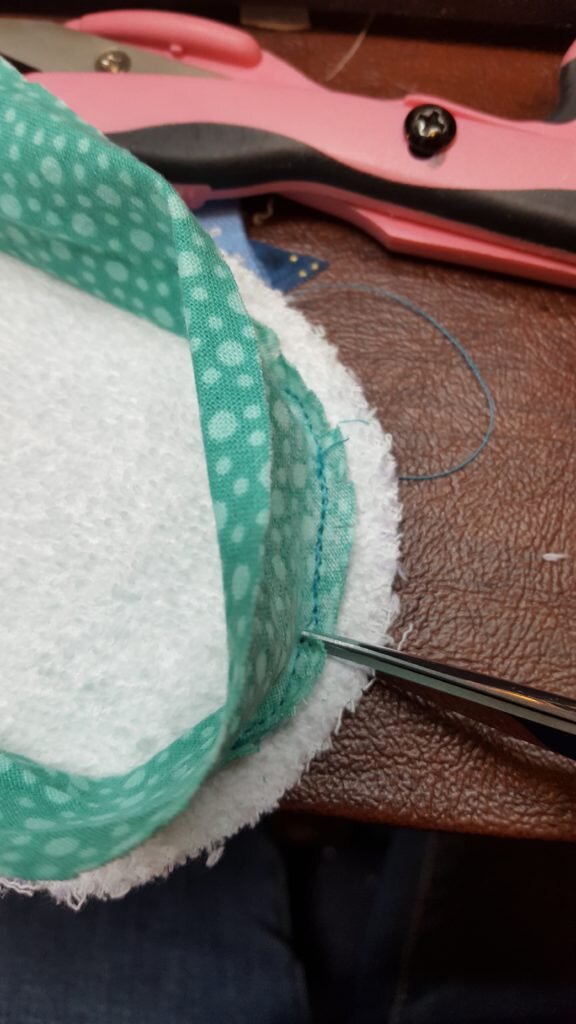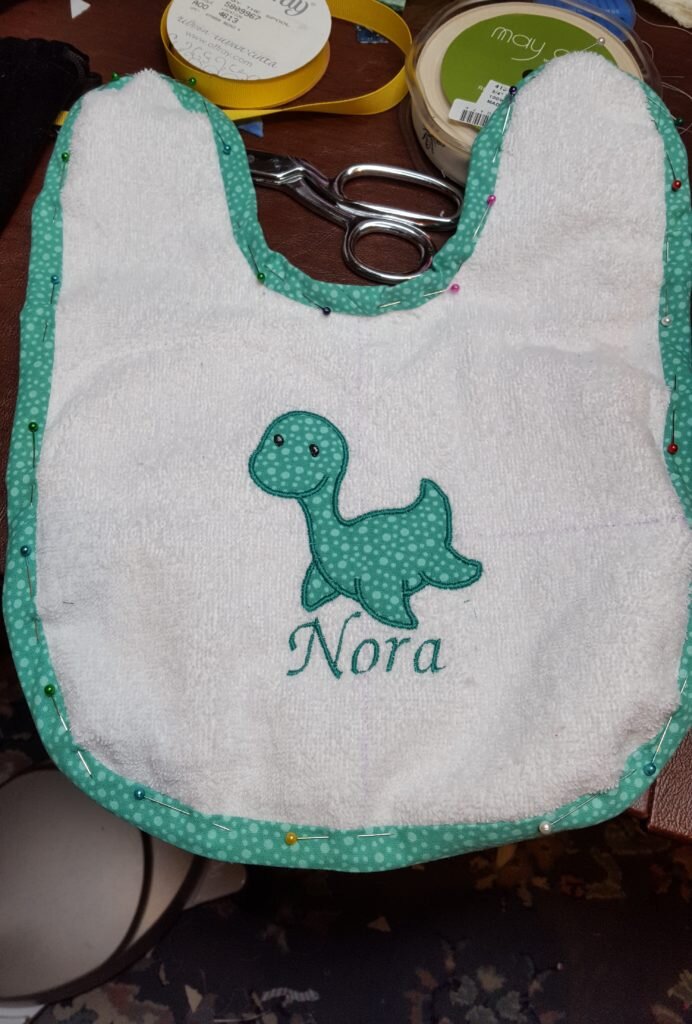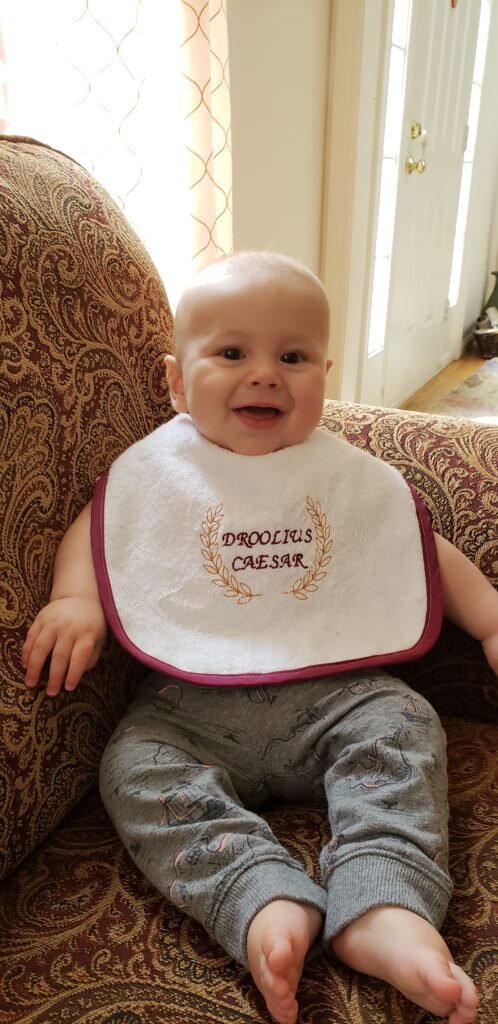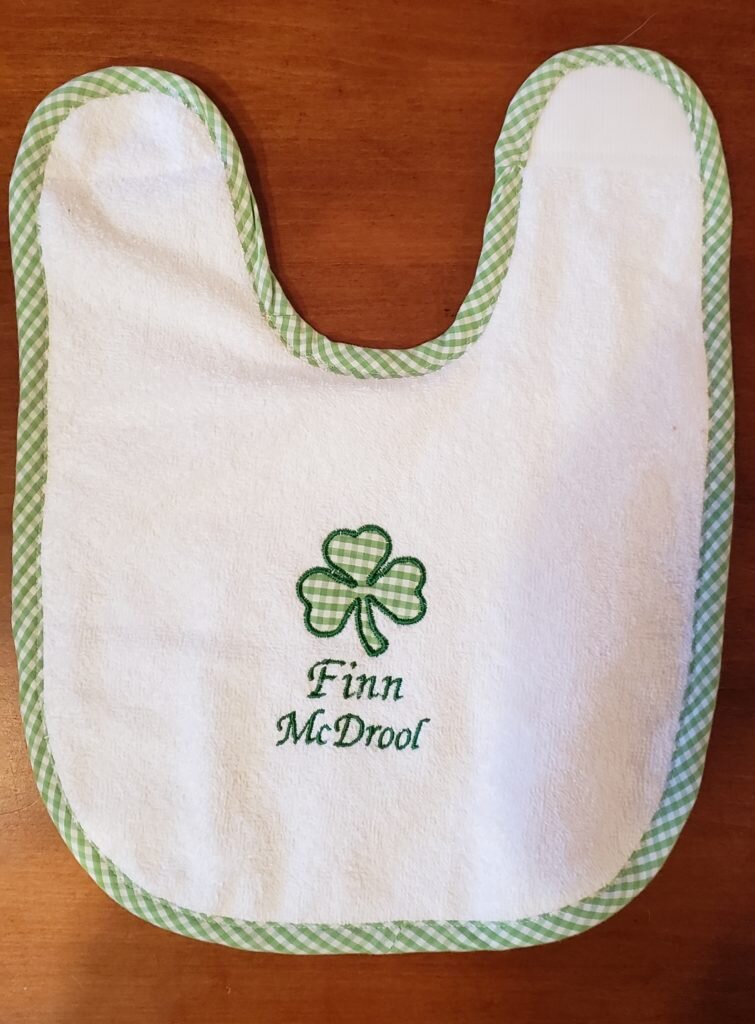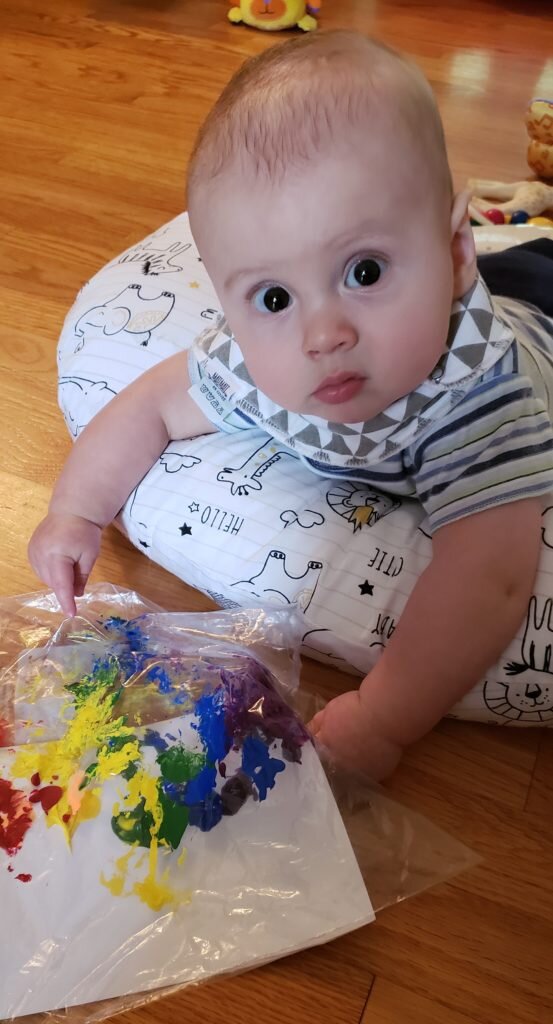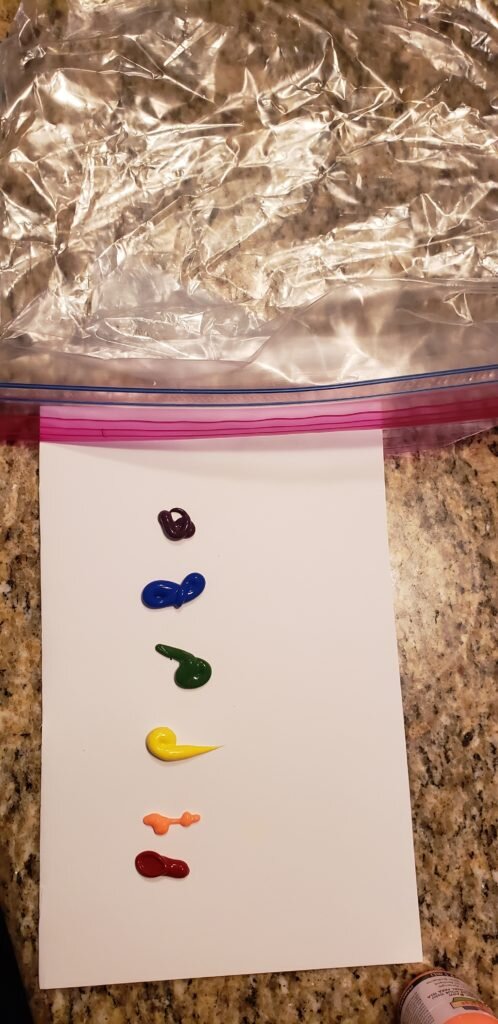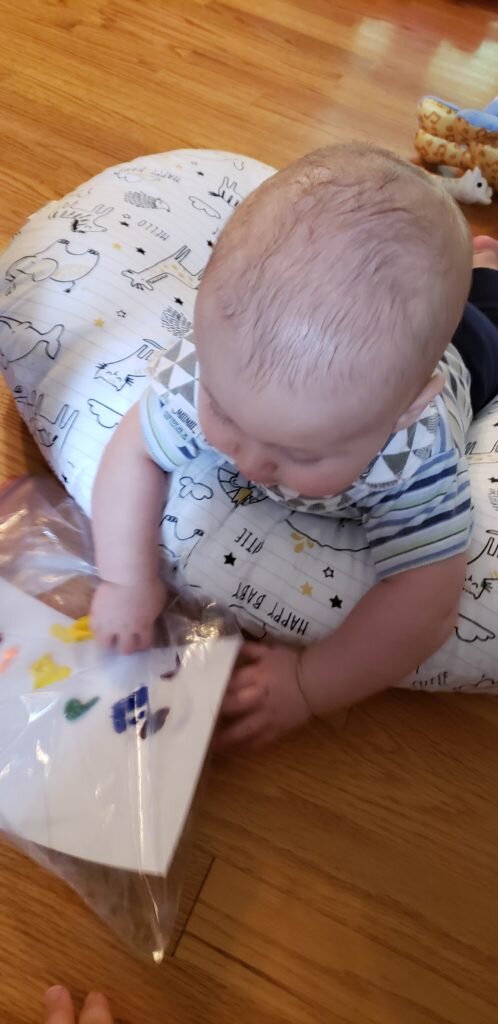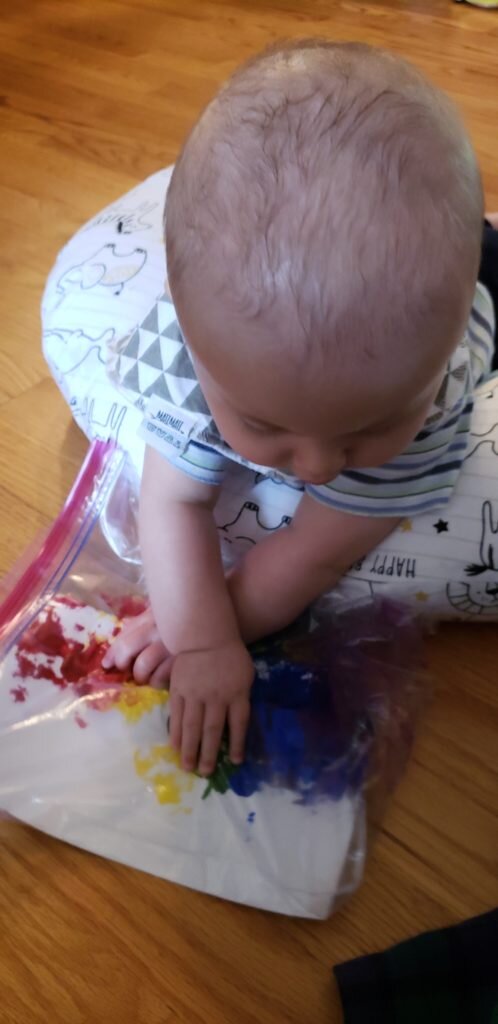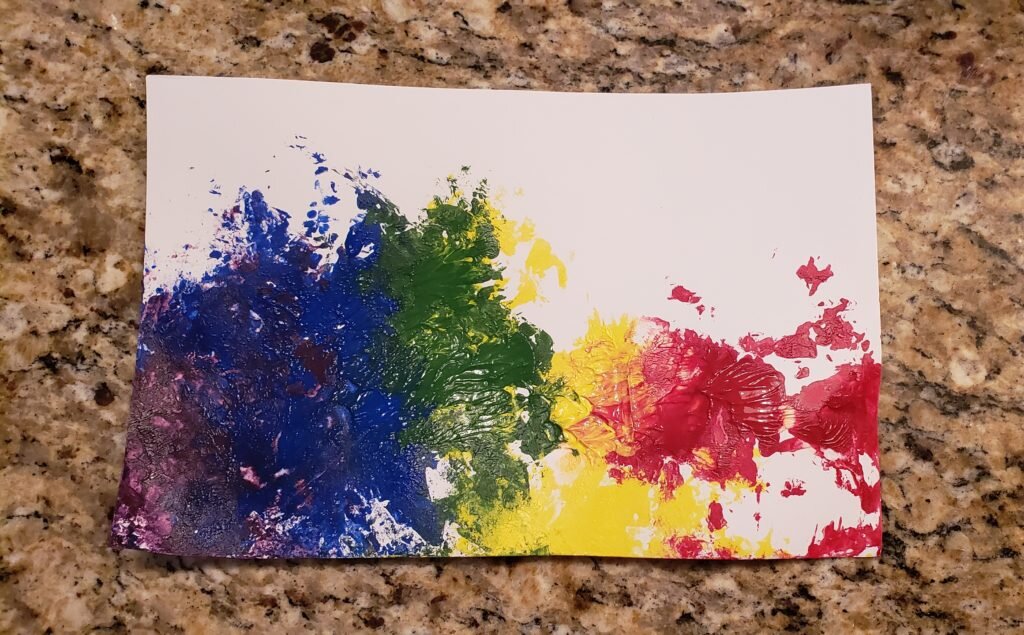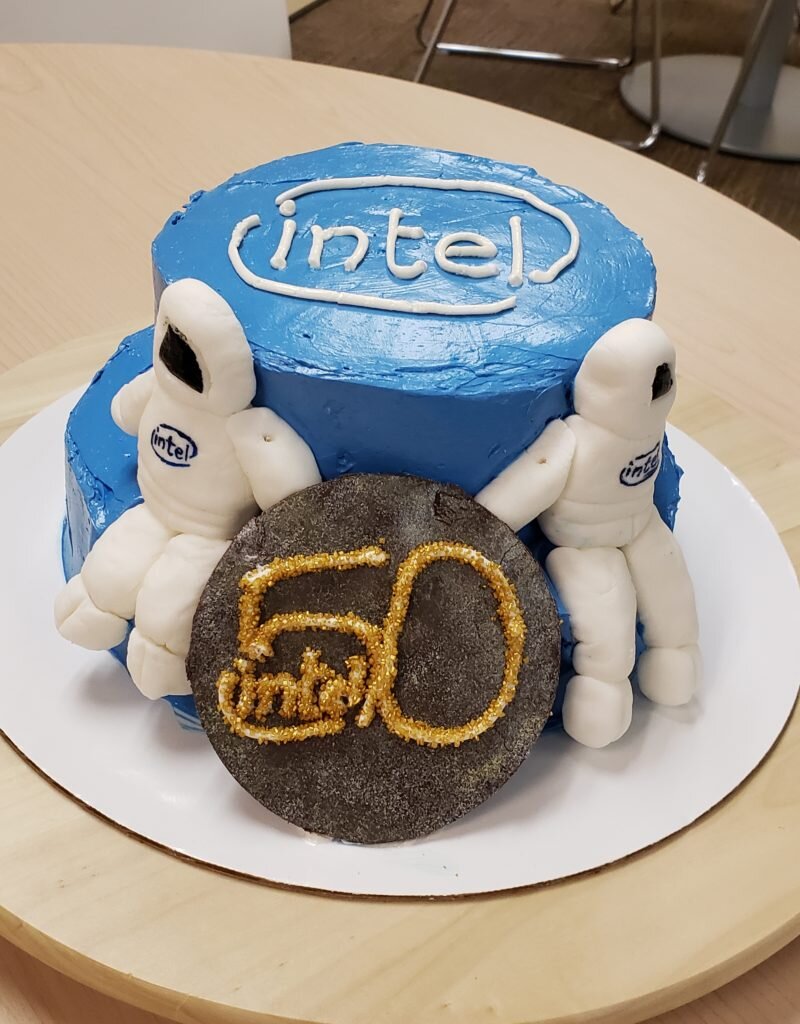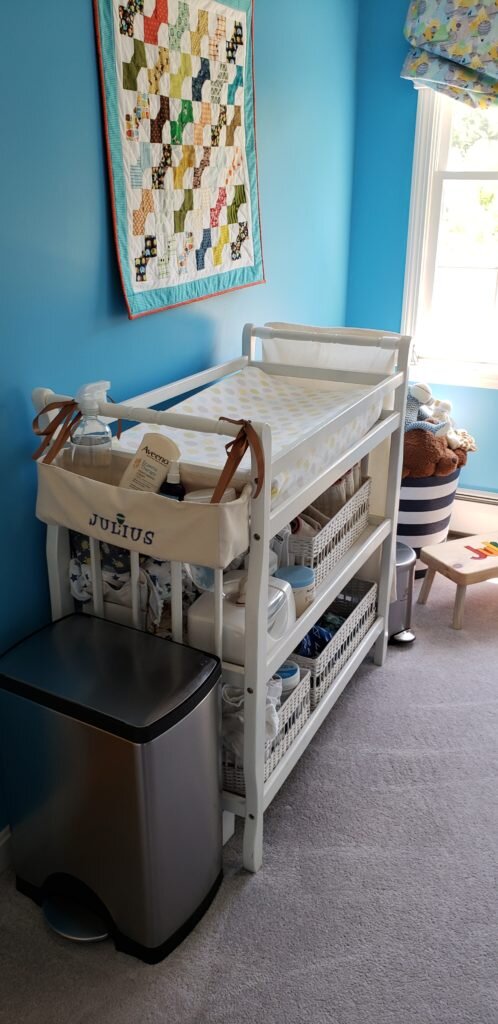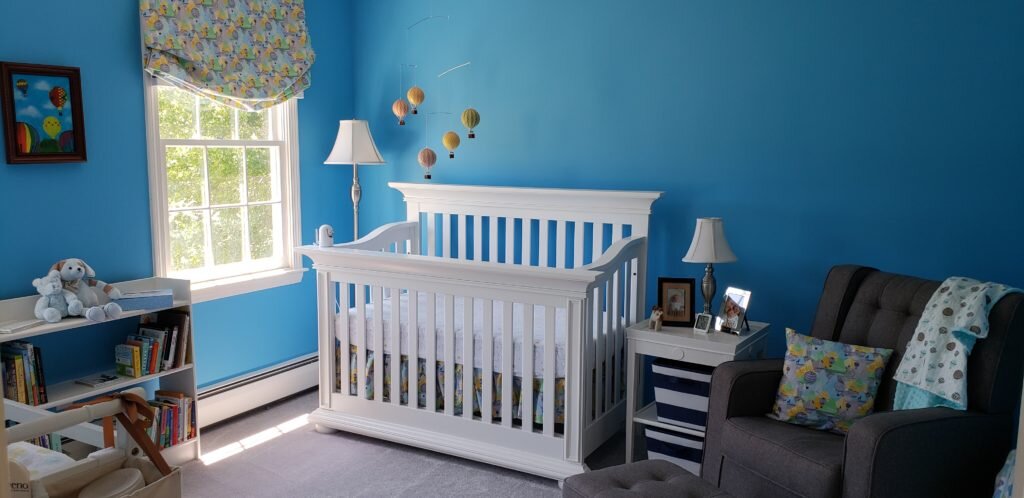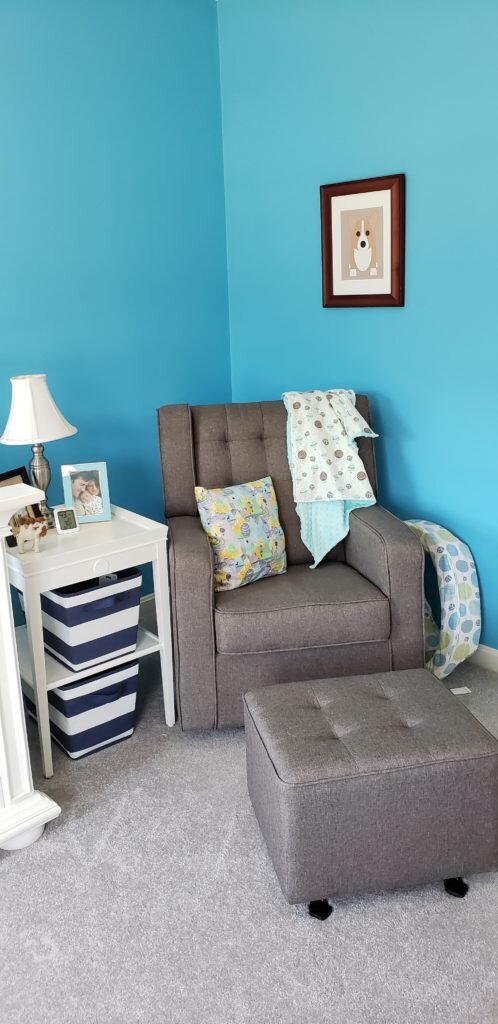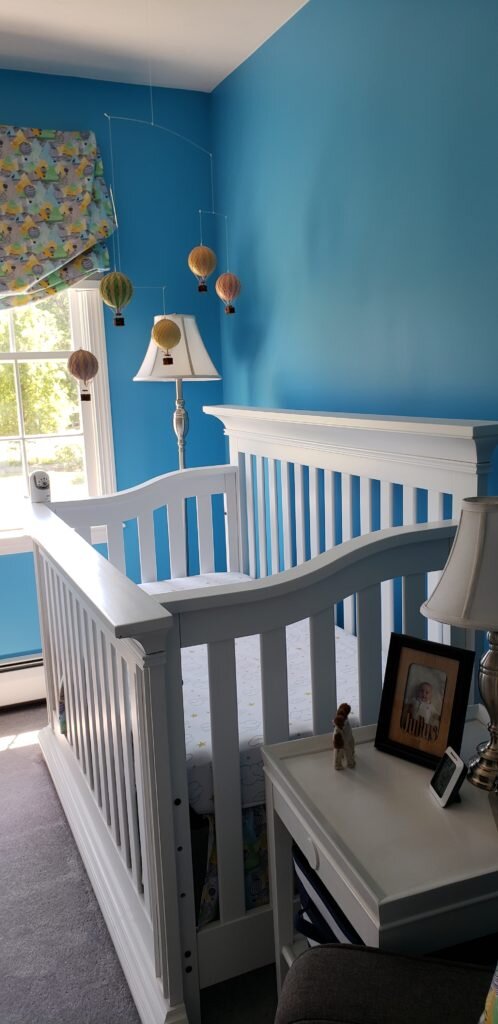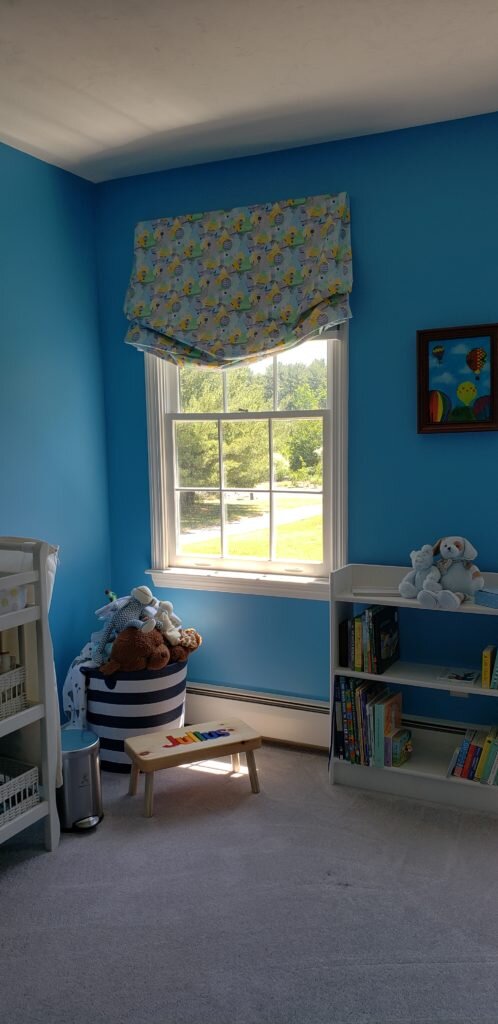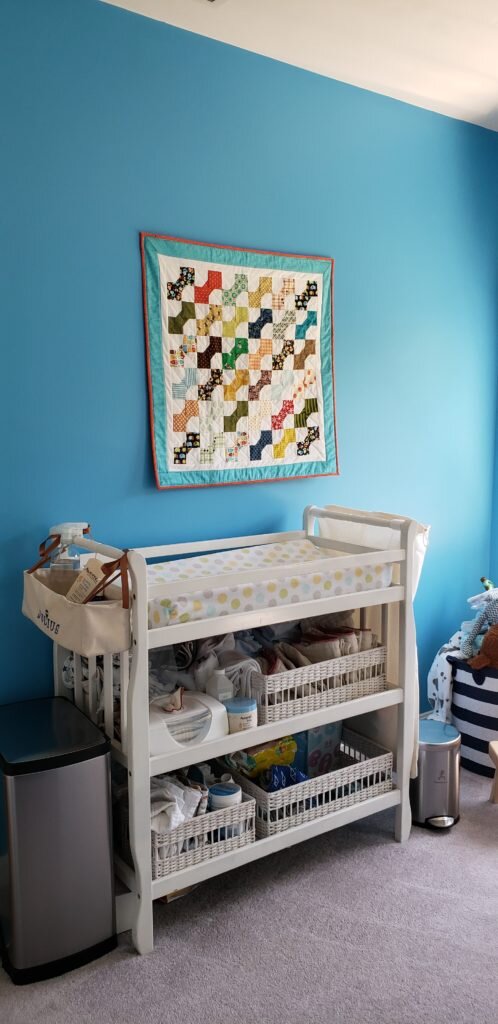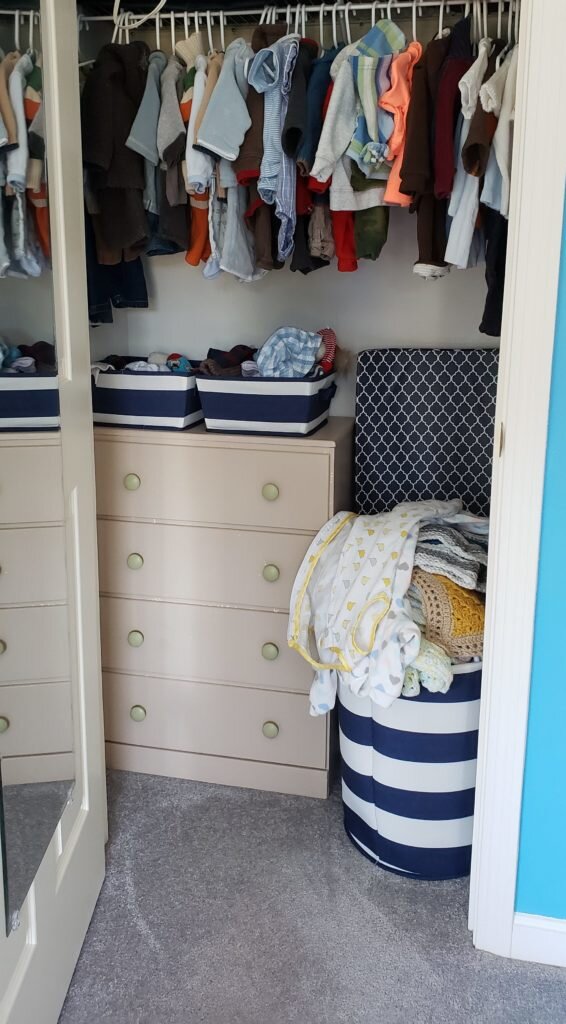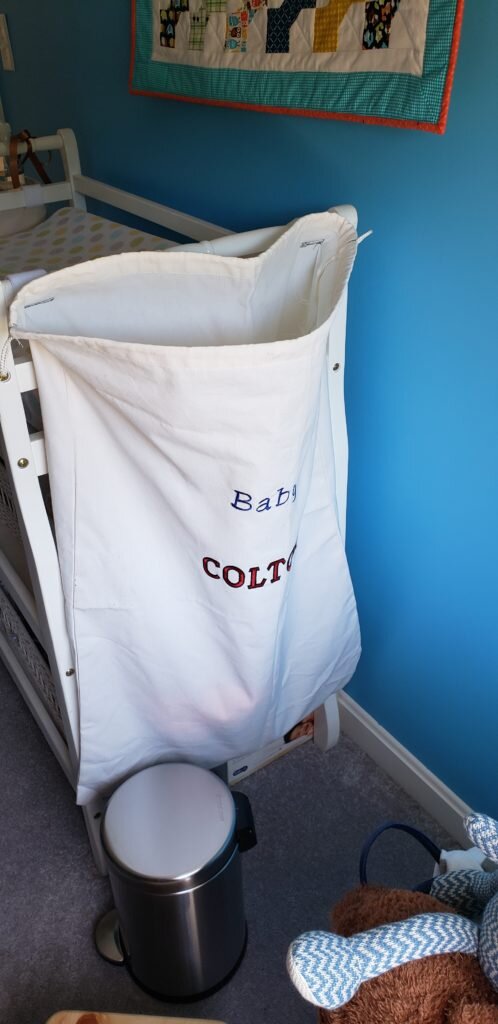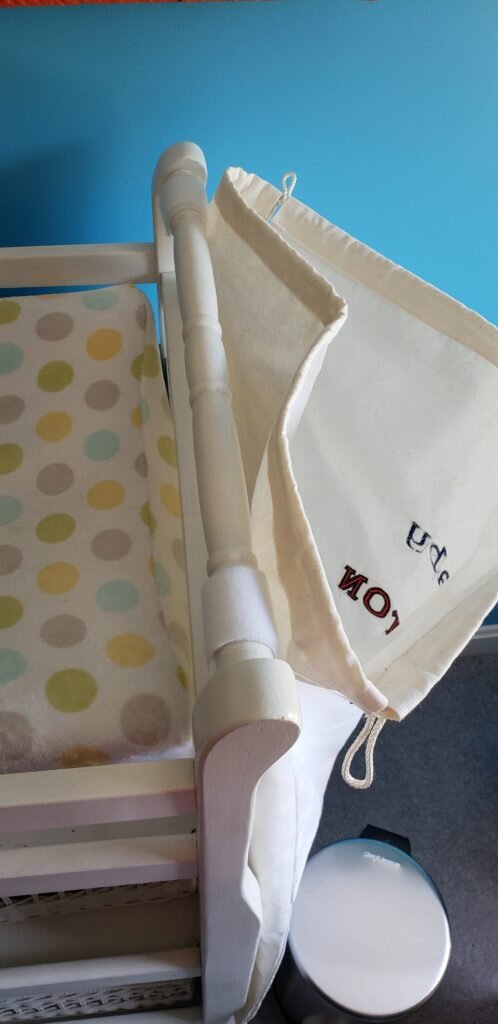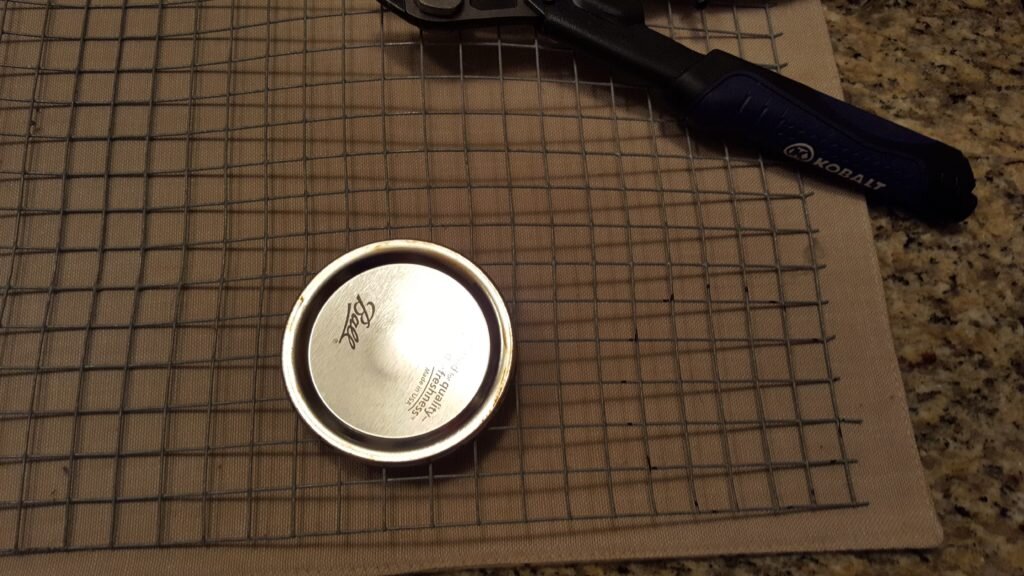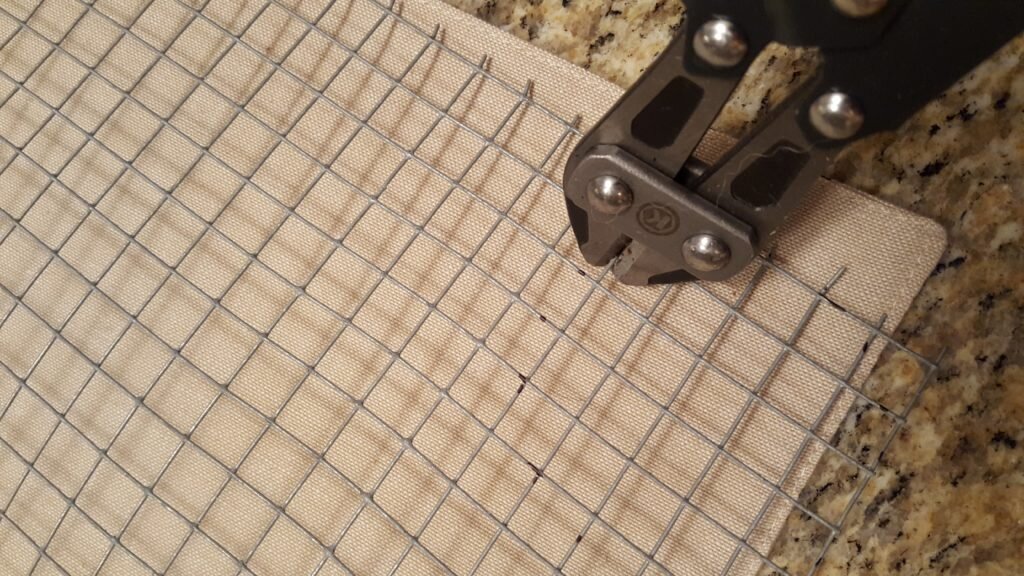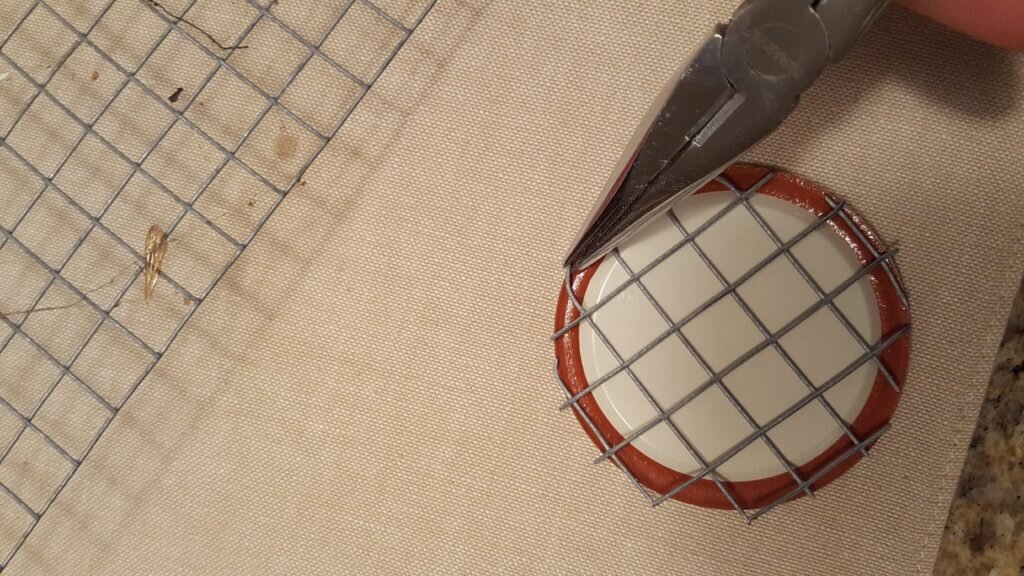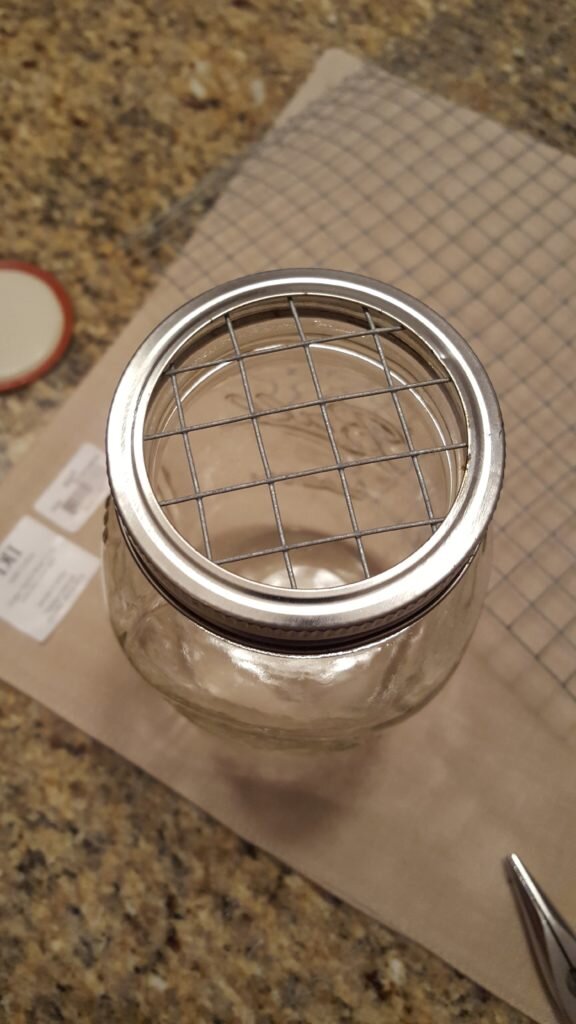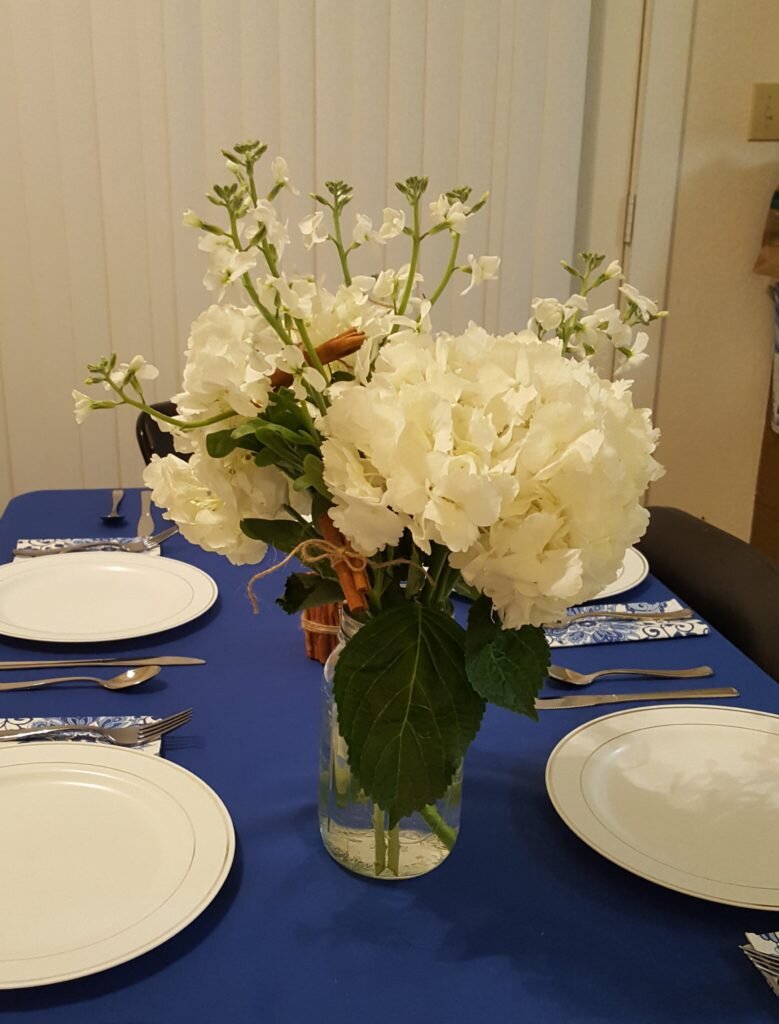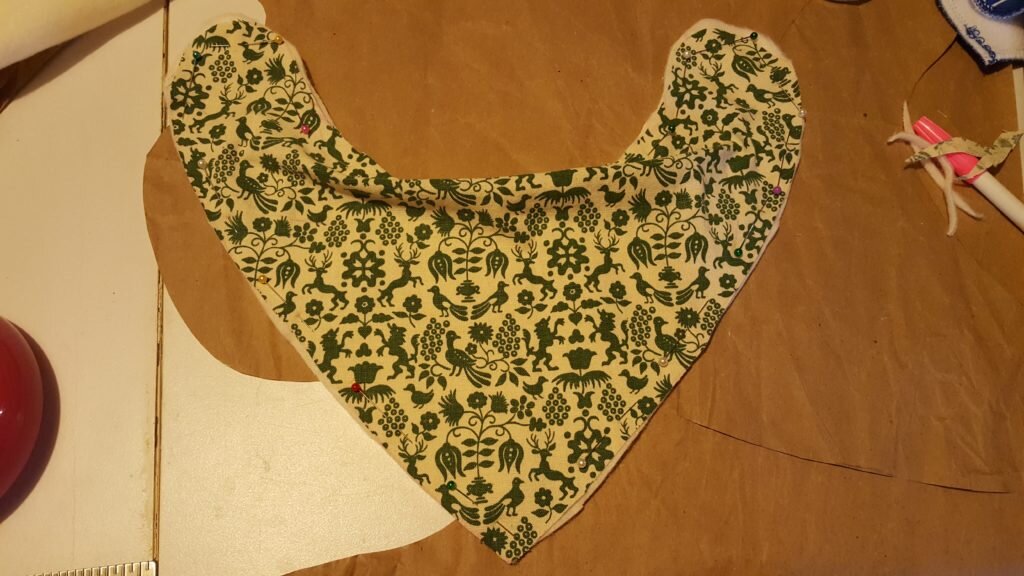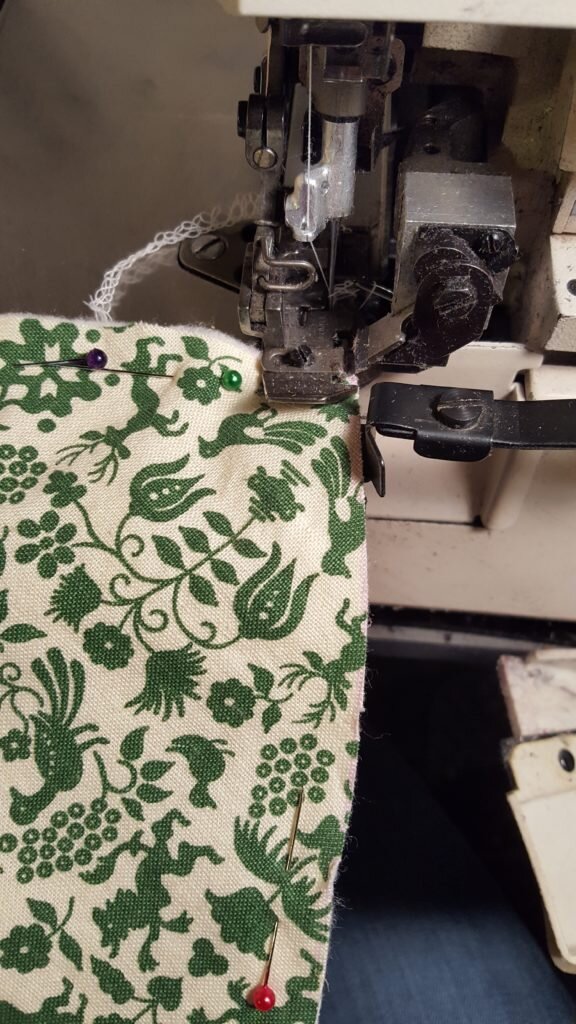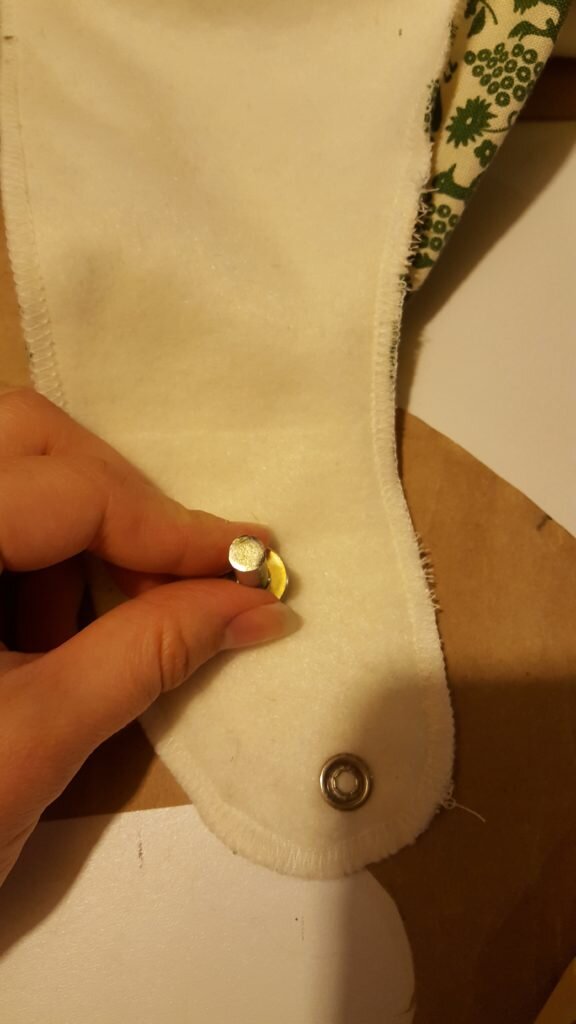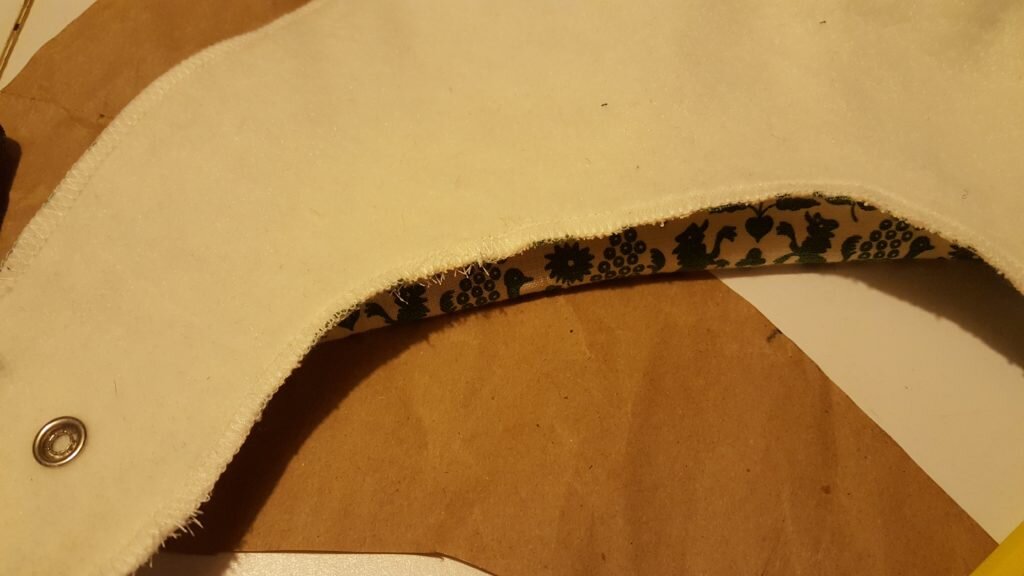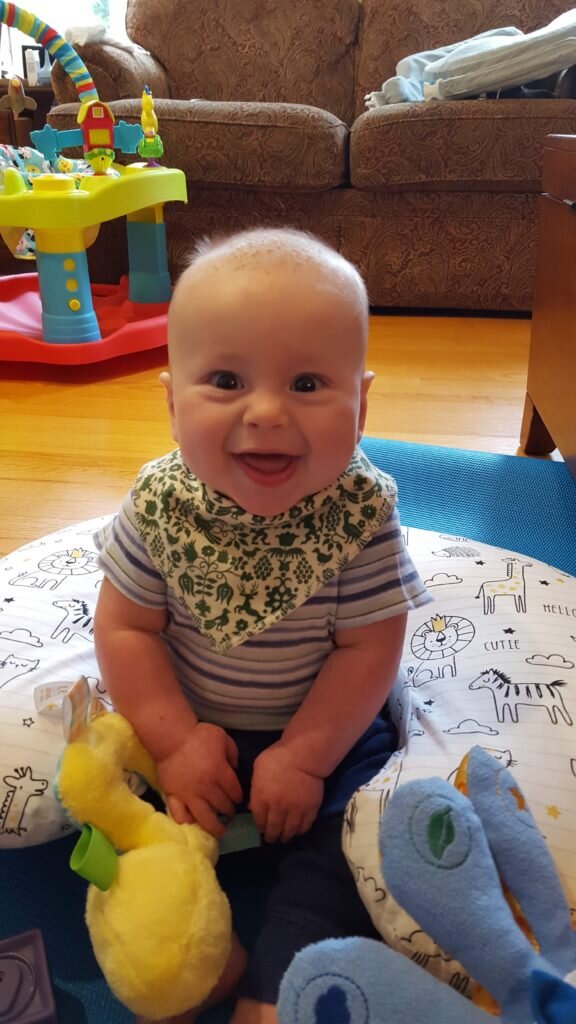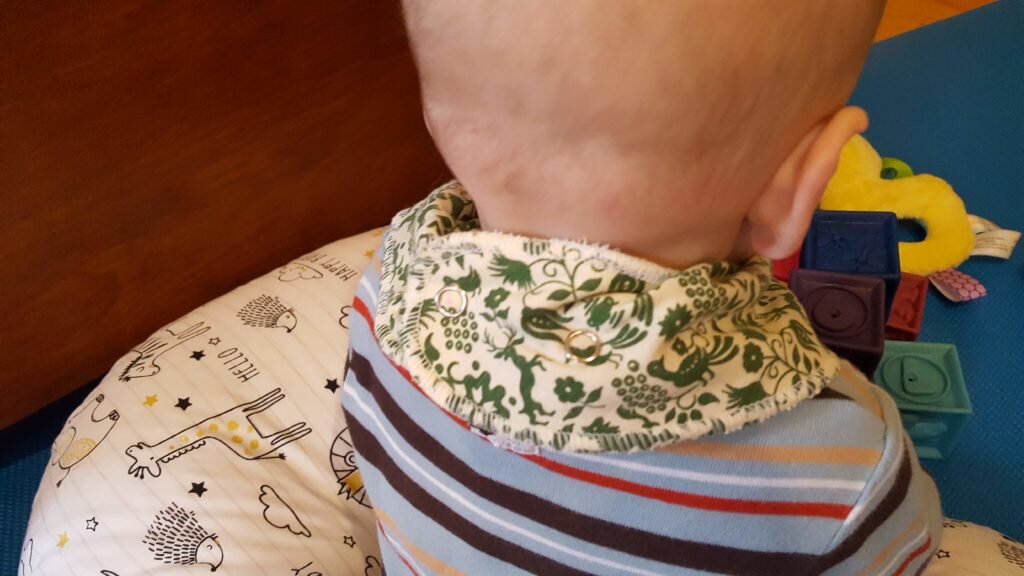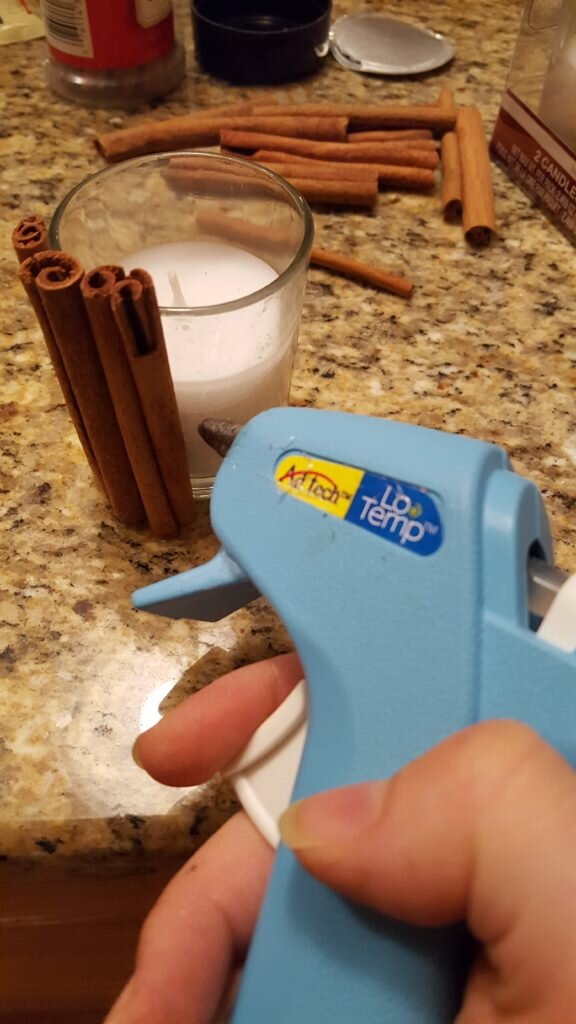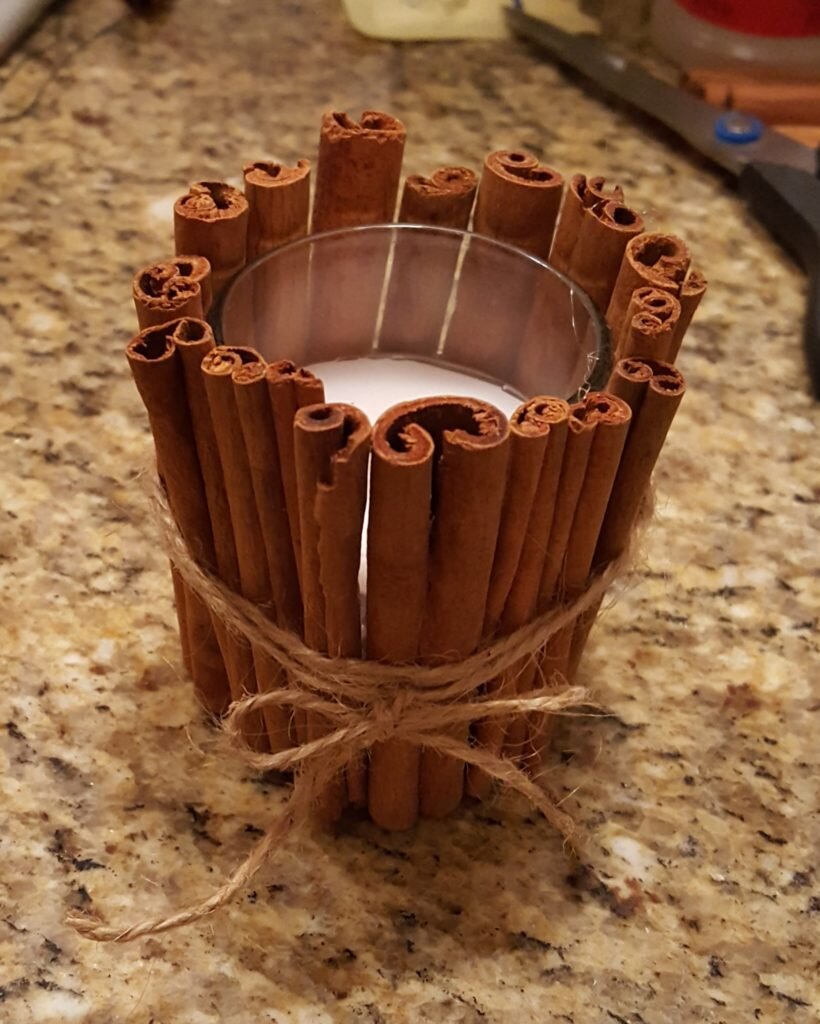Well everyone, it’s the day you have all been waiting for… guest blog post night! Ladybeekeeper.com’s first guest blog post is written by Maren Safran, my dear friend and baby buddy from Colorado! Not only is Maren a loving mom (she had a precious baby girl, Nora, just a month before I had Julius), fellow beekeeper, caring friend and driven woman (did I mention she finished her Master’s of Social Work while pregnant?!) but she is also an inspirator! For me, she has been a sparkle of sunshine during the sometimes dark and stressful parts of pregnancy and parenthood, and a co-conspirator during all the good parts. I am so lucky to have Maren as my baby buddy!
And without further ado… here’s Maren’s fabuous project!
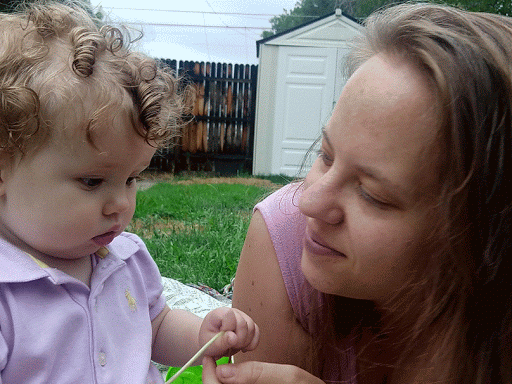
Maren and Nora
Maren’s Quiet Book
My name is Maren and I’m excited to be a guest blogger for The Lady Beekeeper! I know Lexi through my husband, as they went to college together. I look forward to Lexi’s blogs to see what new things Julius is doing developmentally, what delicious foods Lexi has to share, and what projects she is working on. Having a ten month old myself I am amazed at Lexi’s dedication, creativity, and ability to keep up with this blog! I have always been into crafts and cooking and was inspired by Lexi’s work to learn how to sew. My first big sewing machine project uses materials with different textures and colors, like Lexi did in her Crinkle, crinkle little star post, and I am so honored that I get to share some of my progress with you all!
In my house, productivity tends to happen in increments of time that I like to call, “while baby is sleeping.” This current sewing project is still a work in progress. I am working on a quiet book inspired by the bedtime story, Goodnight Moon. My husband and I read this book to our baby, Nora, every night before bed and have done so since she was just a few days old. One would think that reading the story over again may get dull, but we try to spice it up a bit. Sometimes we add sound effects, or sing the story, or use silly voices, or if she is overly tired we just read the first and last page. It will surely continue to be a classic in our house, and since it is such an important part of our routine I thought it would be fun to make an interactive quiet book of Goodnight Moon so she can “read” the story to us as soon as she is able.
All of the materials I used are scraps and bits from old clothes, curtains, upholstered chairs, and fabrics that I’ve collected over the years. Given that there are some choking hazards, when it is complete we’ll be sure to watch Nora while she plays with it.
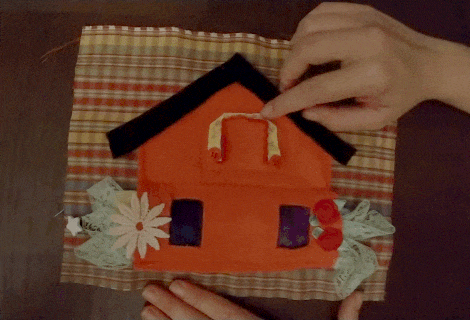
Little Toy House quiet book page
This page is my interpretation of the little toy house. There are buttons stitched to a ribbon on either side of the house. When they are pulled it makes the lights appear as if they are turning on and off.
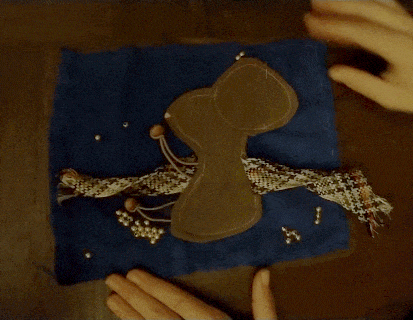
Young Mouse quiet book page
The young mouse in this page has a fun scarf I got from a small box of chocolates one Valentine’s Day. I also used some leftover tulle to act as type of fencing for the bits of golden seeds.
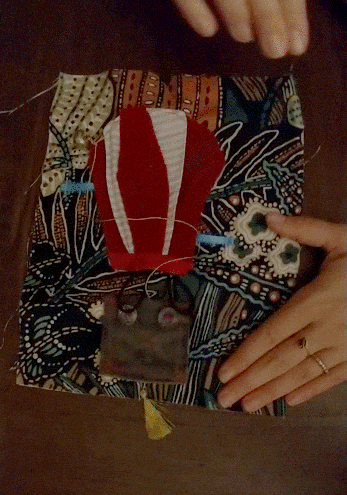
Red Balloon quiet book page
I decided to turn the red balloon into a hot air balloon. Bits of old ribbon were used to create the fire needed to keep the balloon afloat.
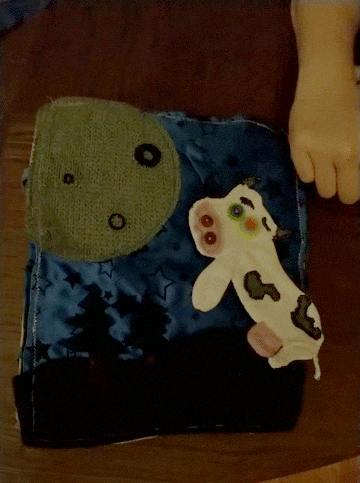
Cow jumping over the moon quiet book page
The cow jumping over the moon page is my favorite page, and it is actually part of a different quiet book I made a while ago. Luckily I still have some of the scraps left over that can be used for this Goodnight Moon book.
Quiet book pages are an excellent way to encourage learning through play and development of fine motor skills. Not only are they a great way to use up remnants of old projects, there is no limit to what you can make as one can design a book to meet any child’s interest or skill level. Many people share their ideas or patterns for free on idea sharing platforms like Pinterest, which is where I got some of my ideas for special features like the lights in the little toy house page. These are just a few of the pages that are done, and I will be sure to update Lexi when the project is complete!

